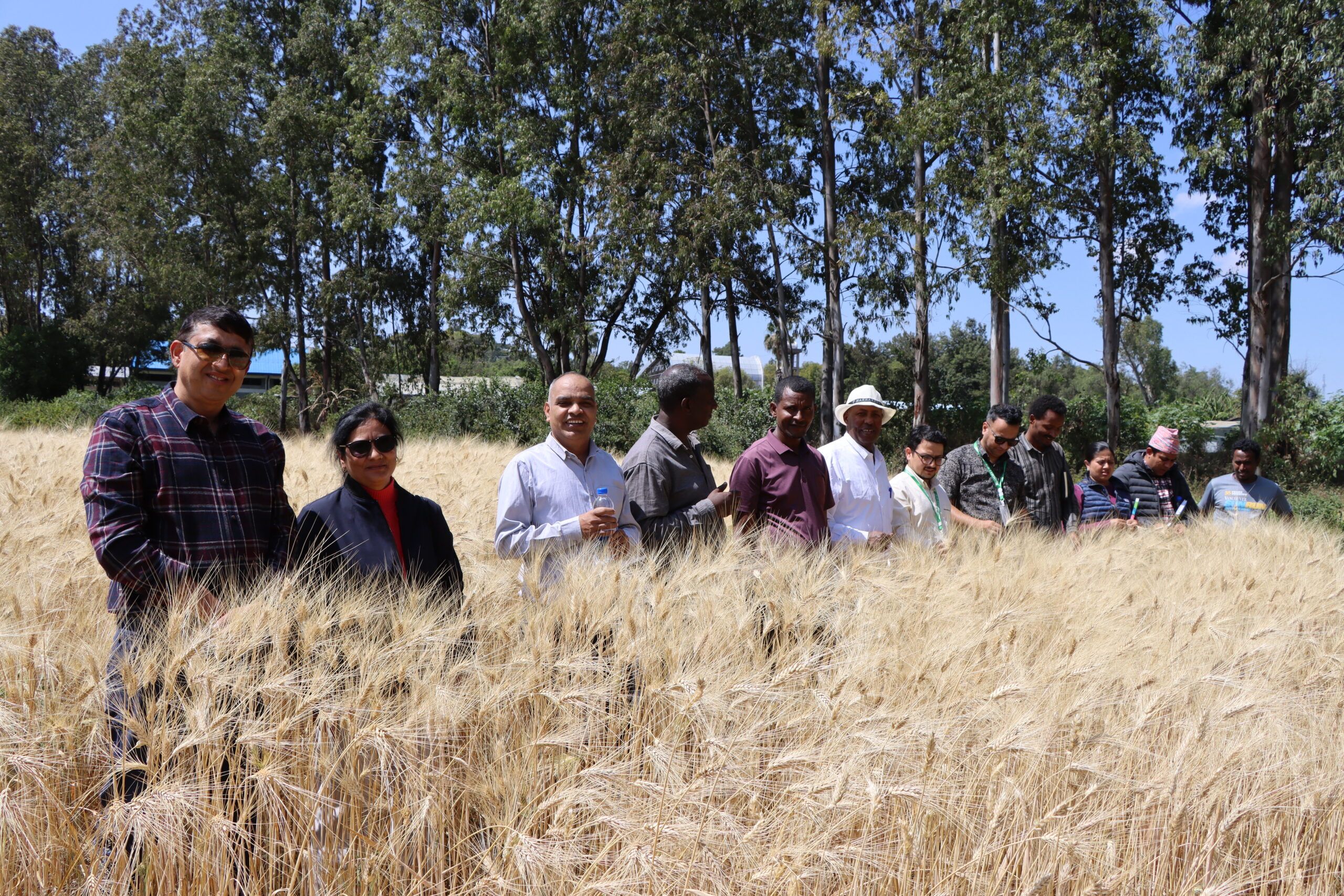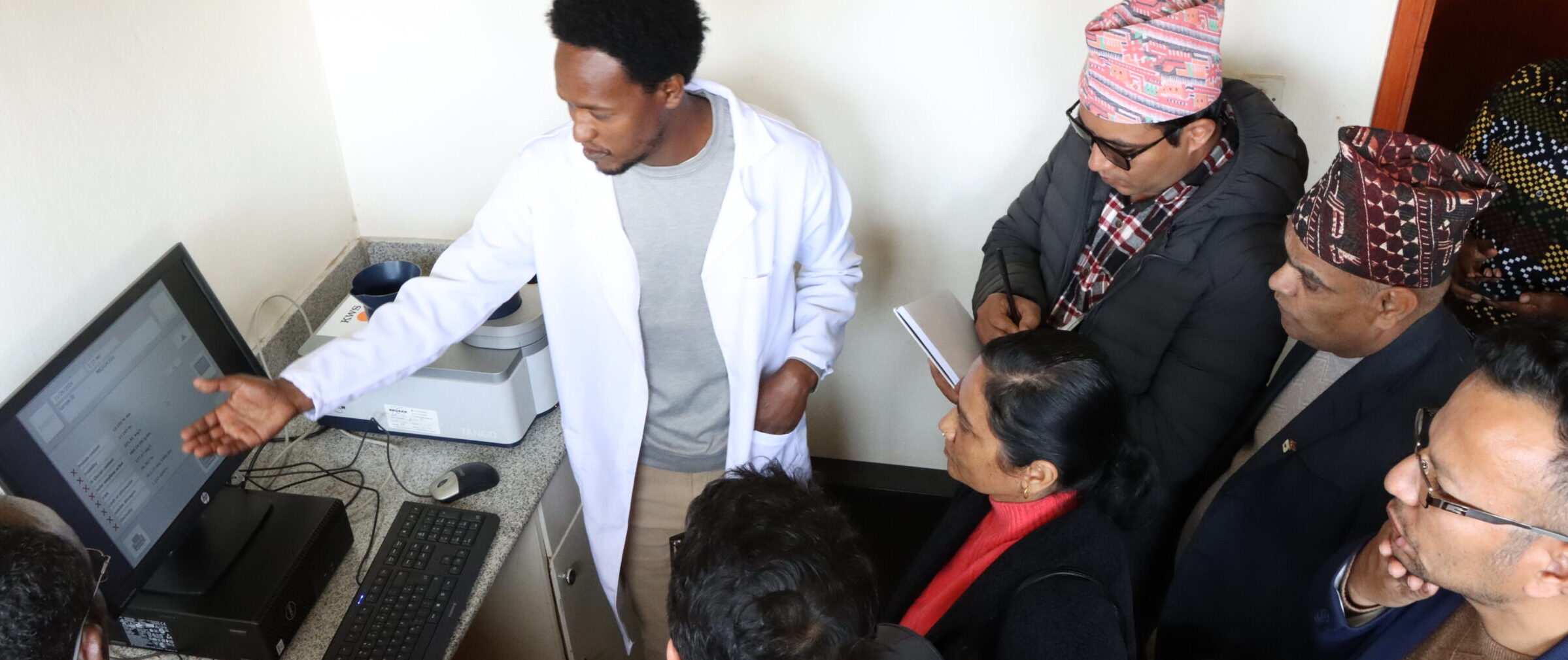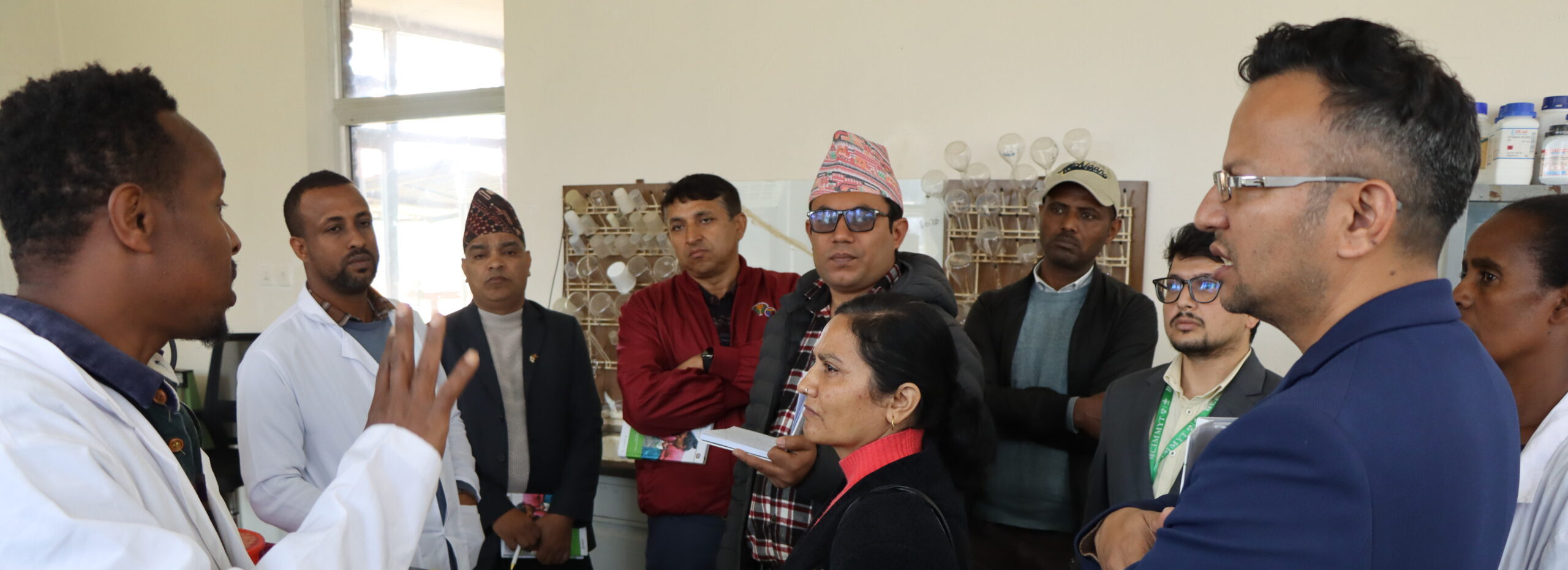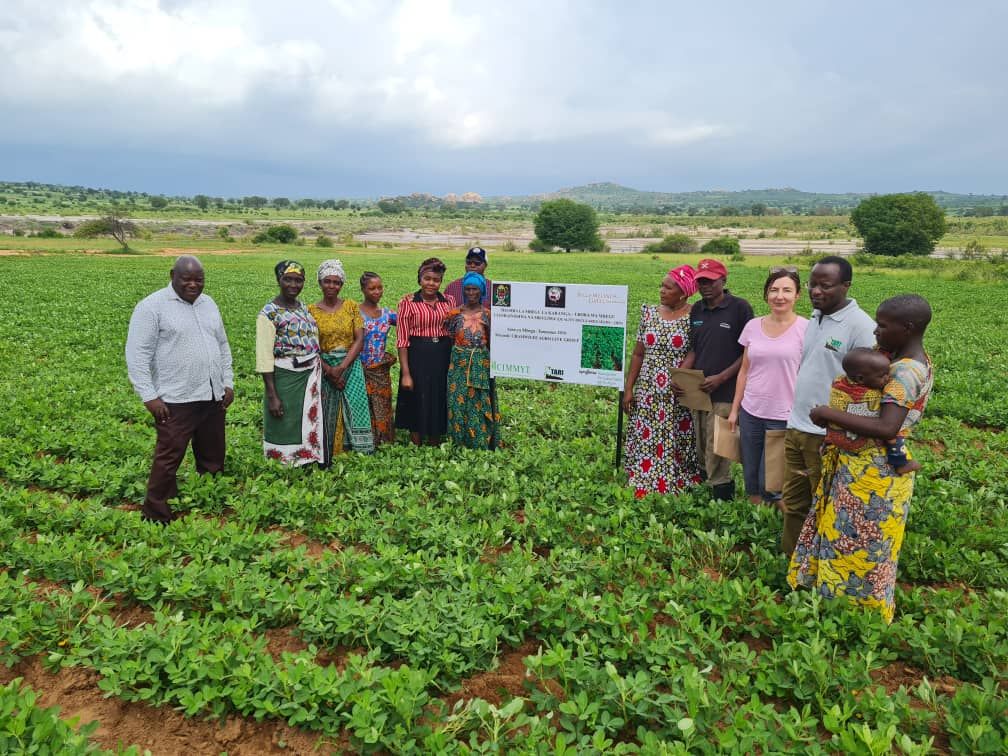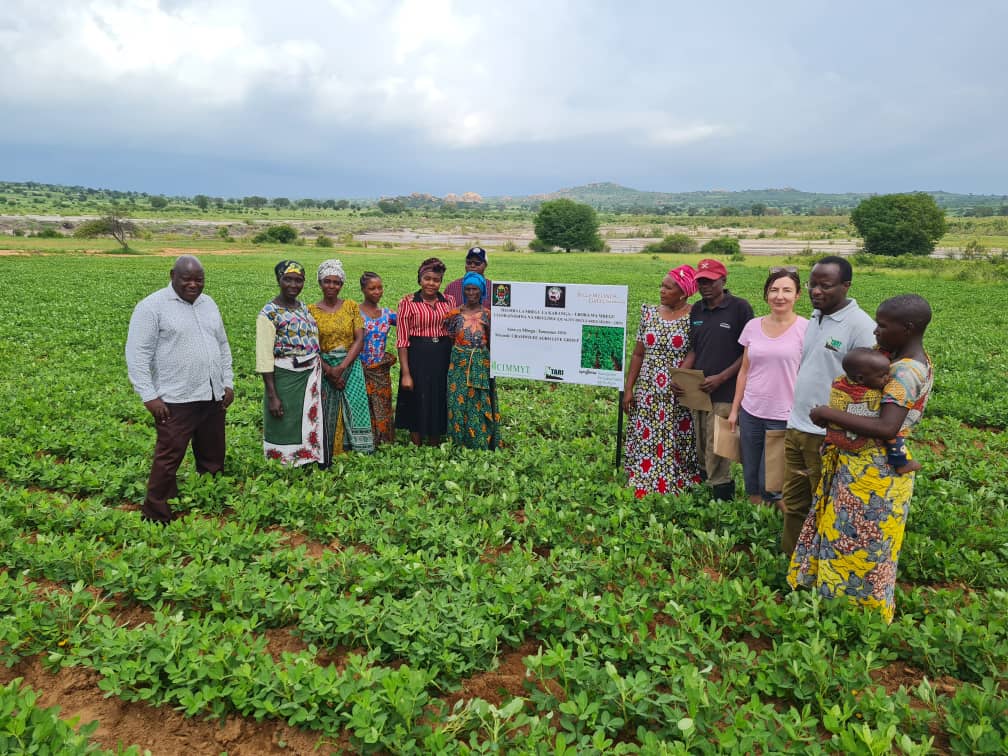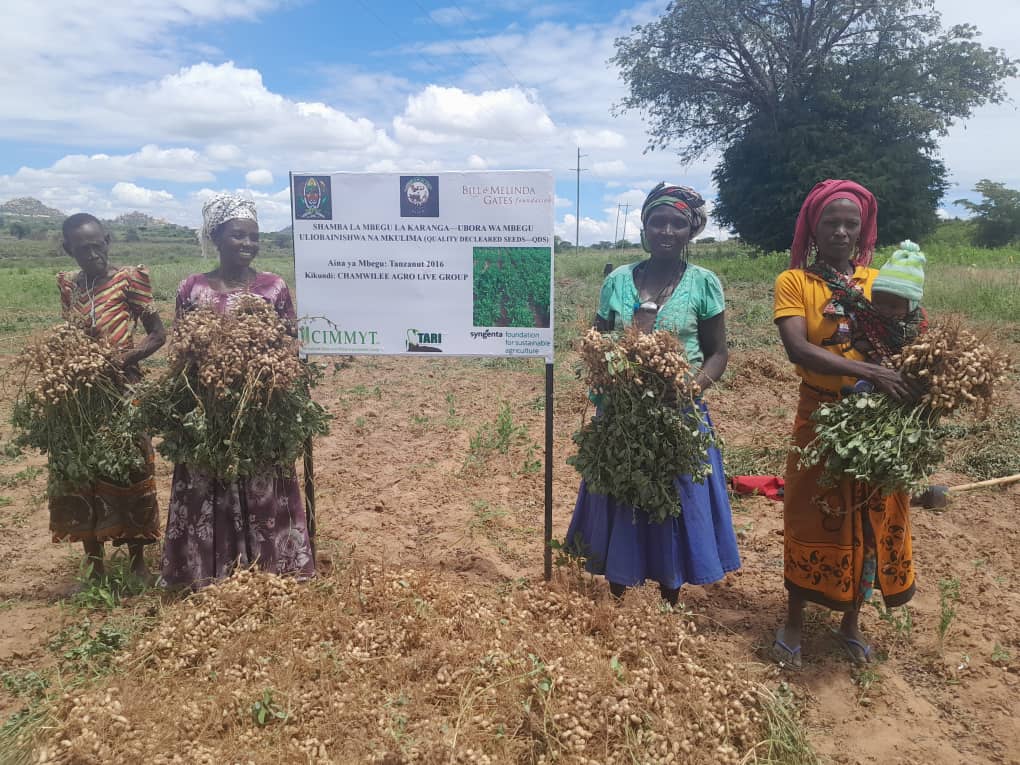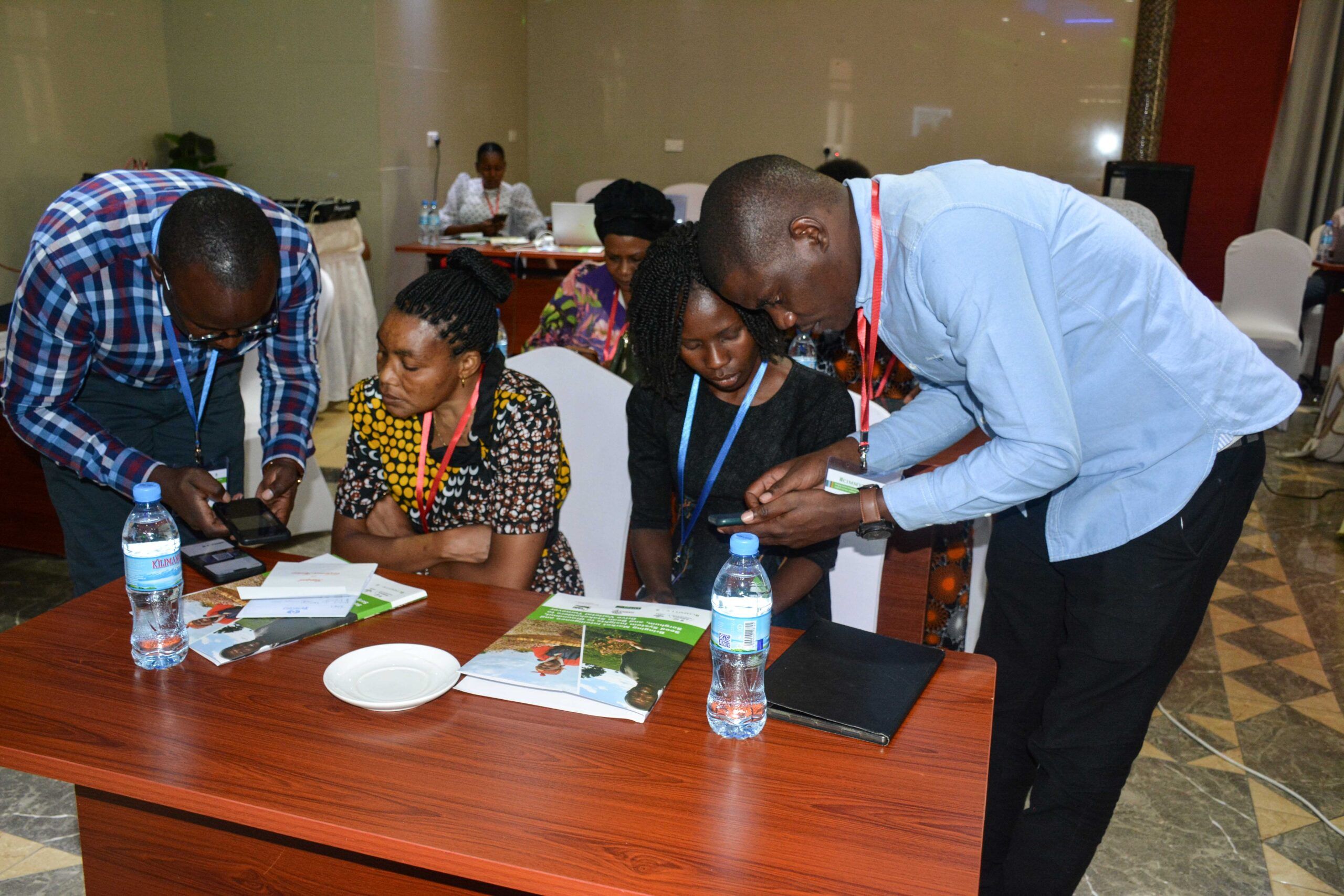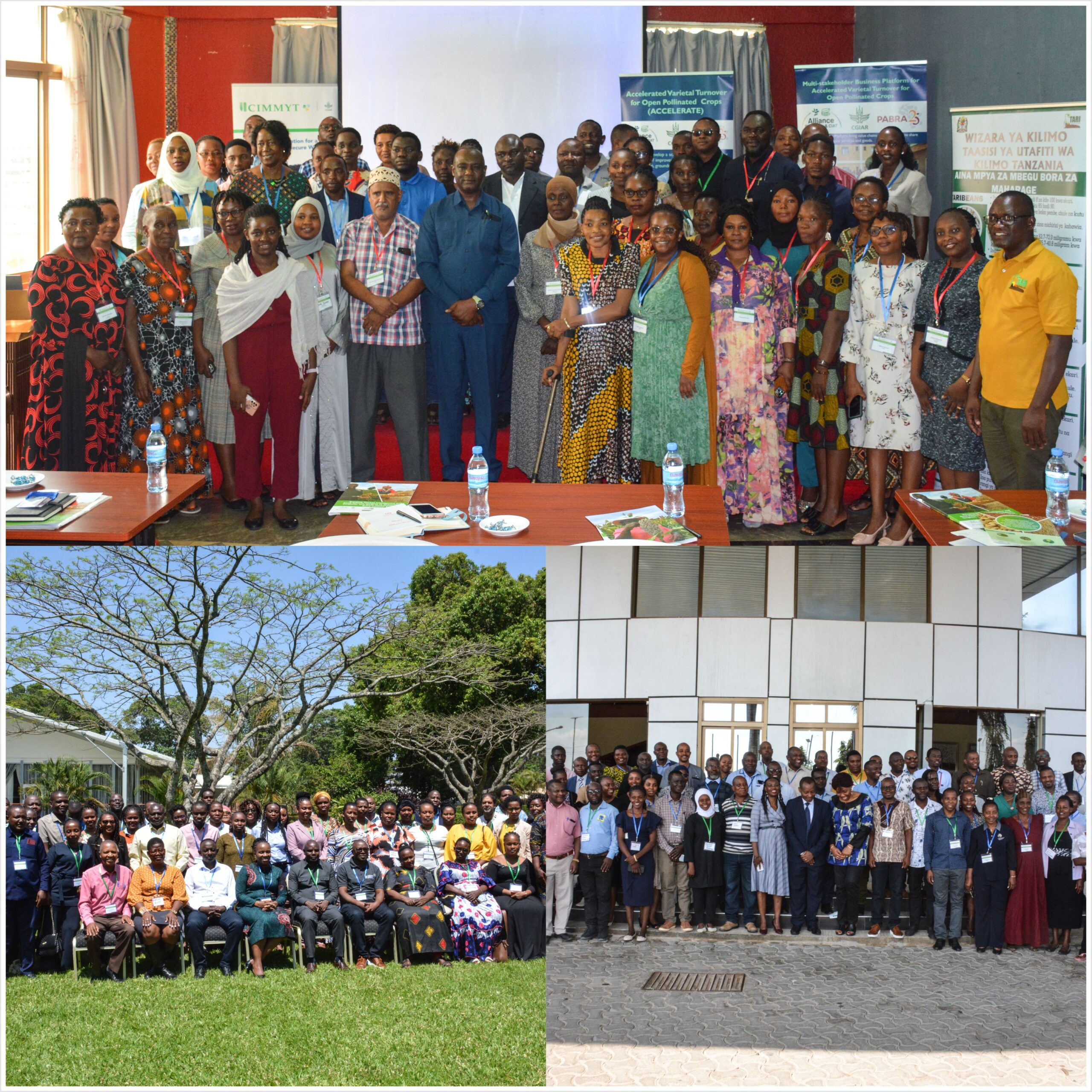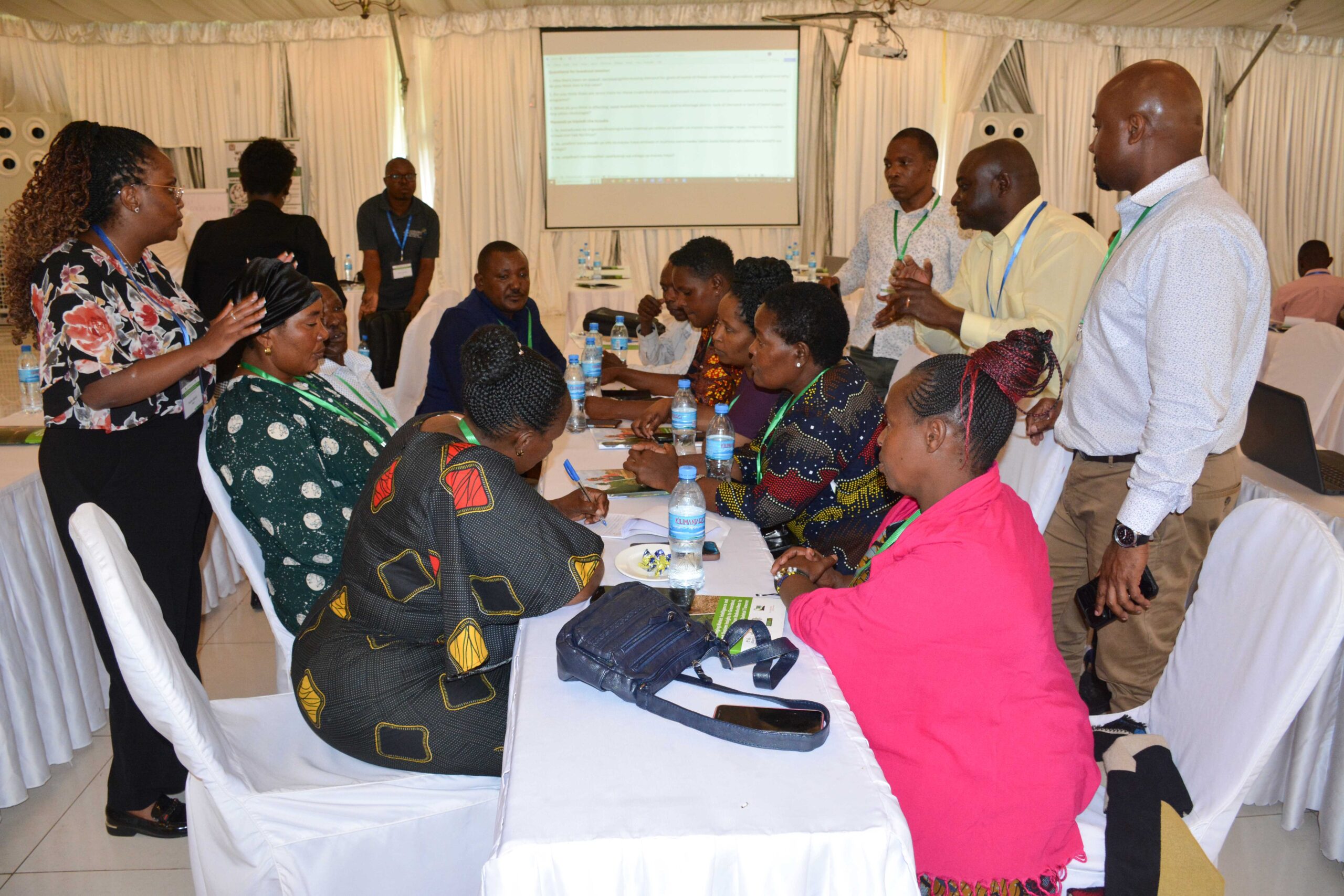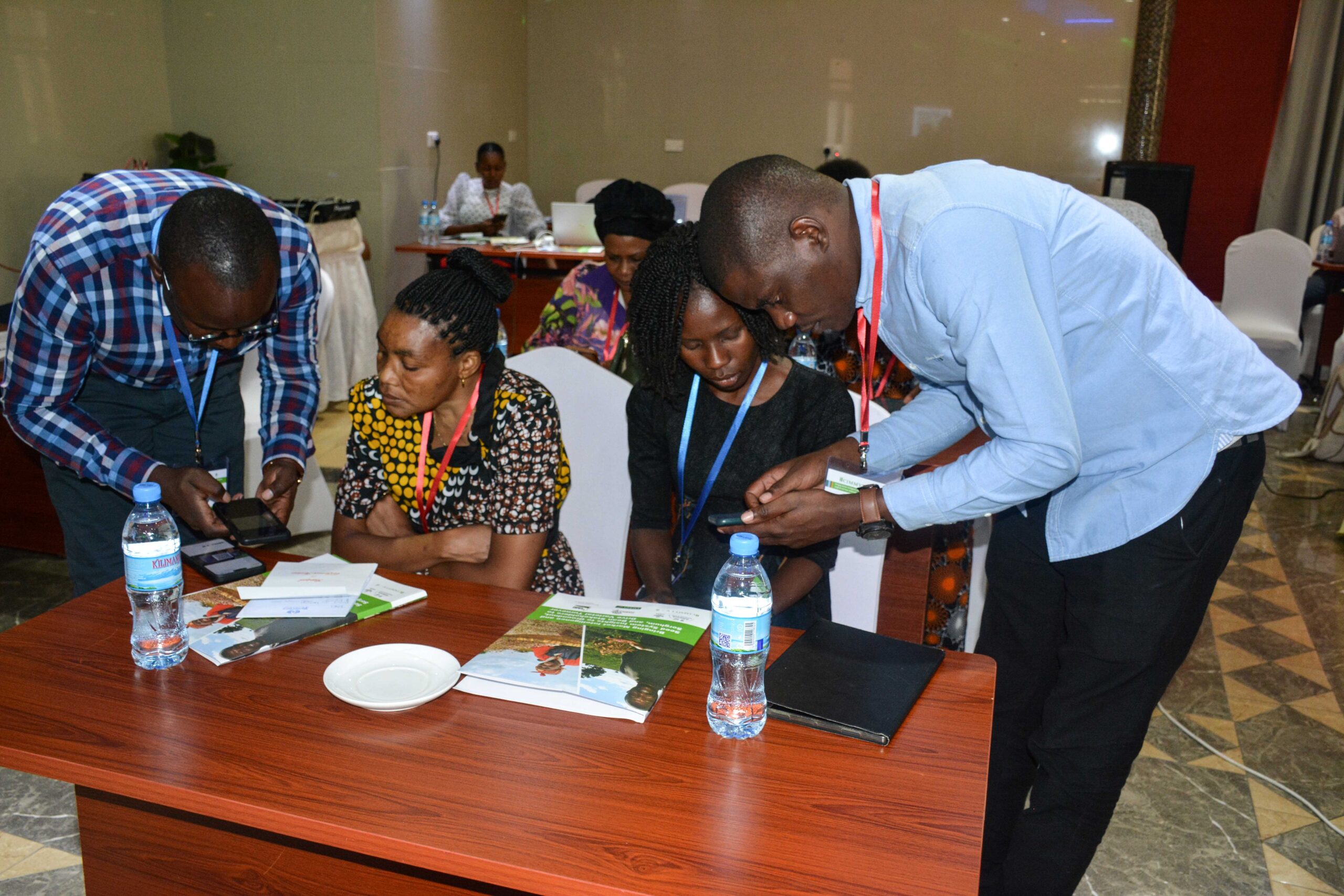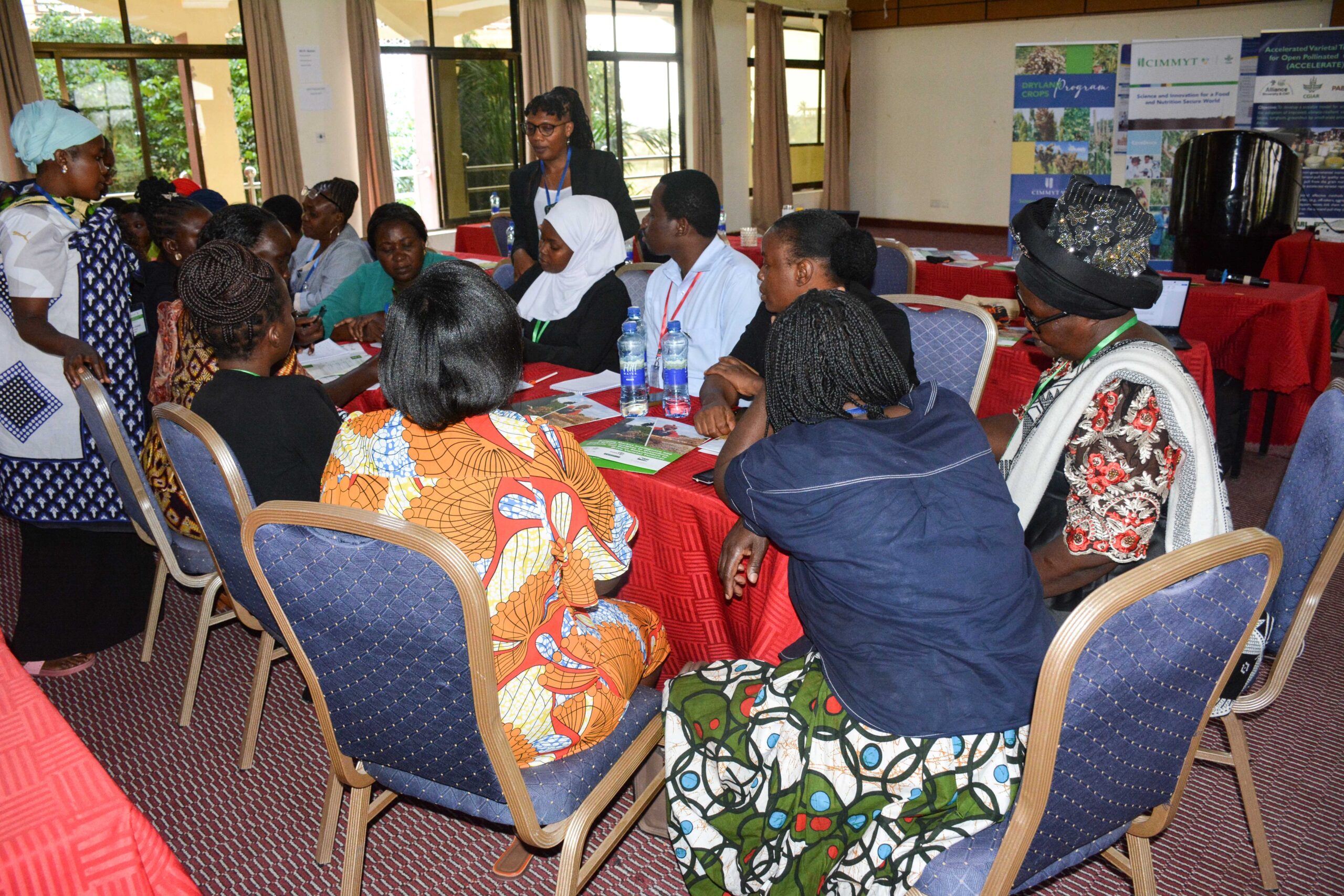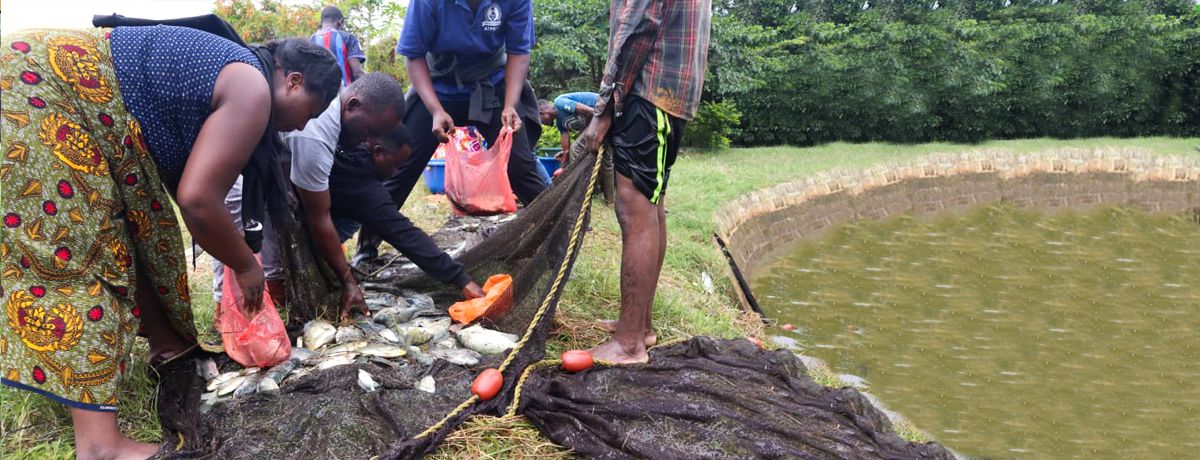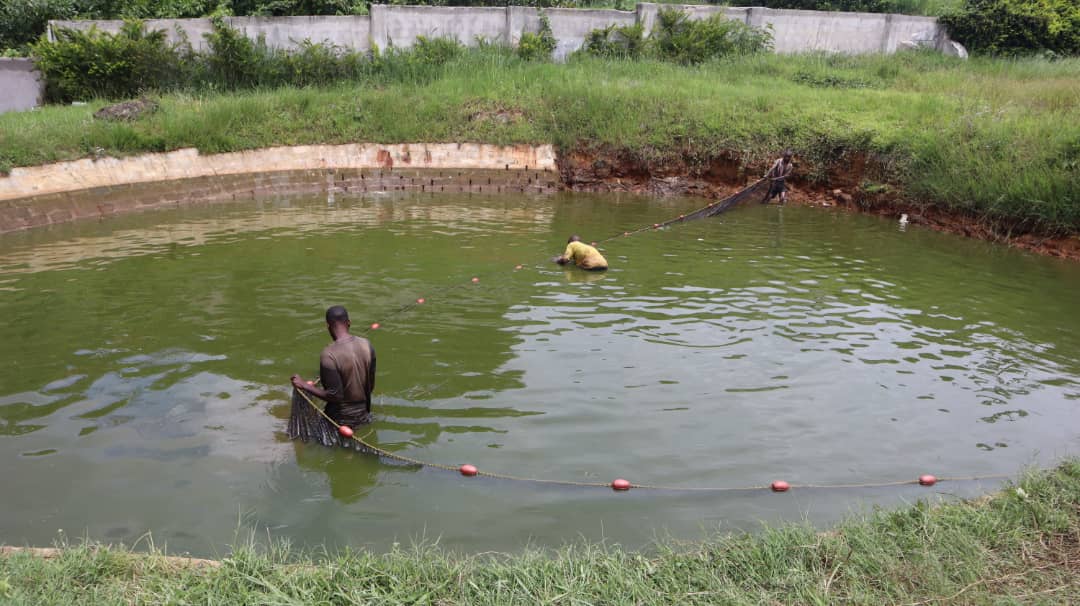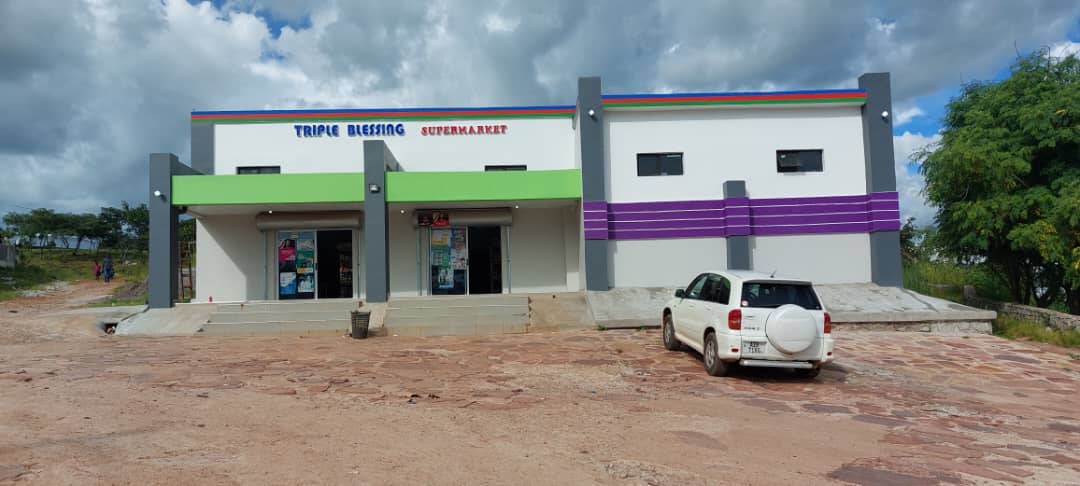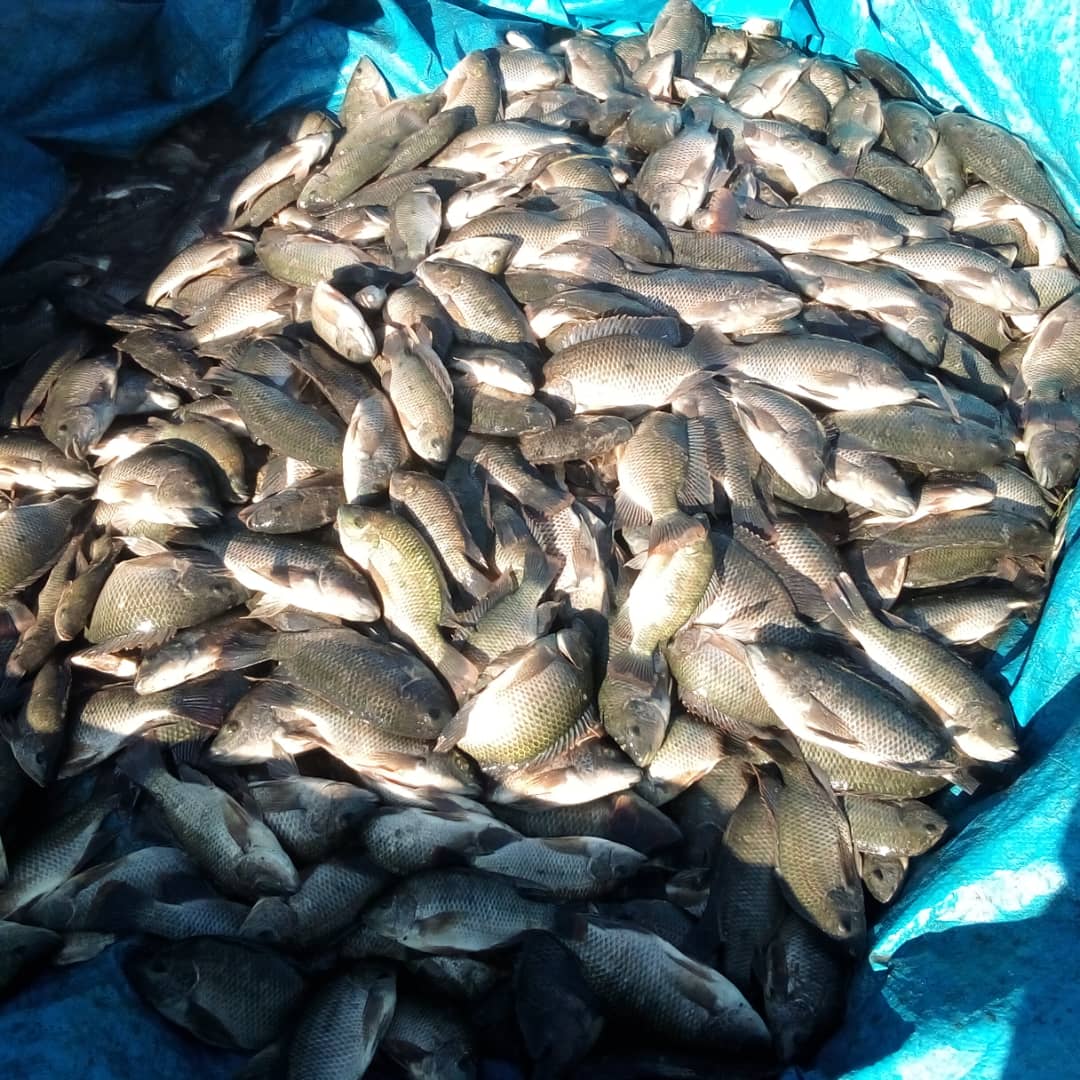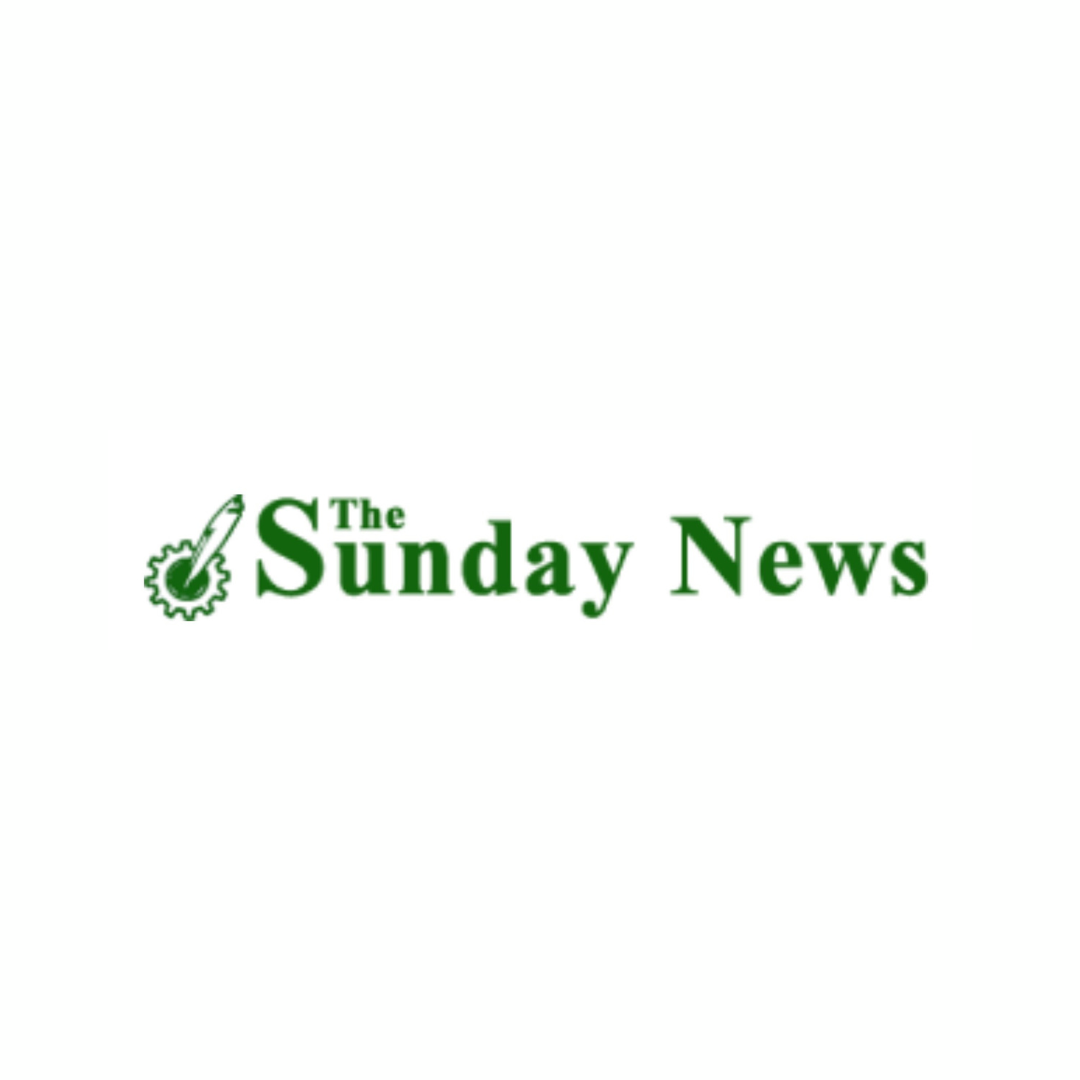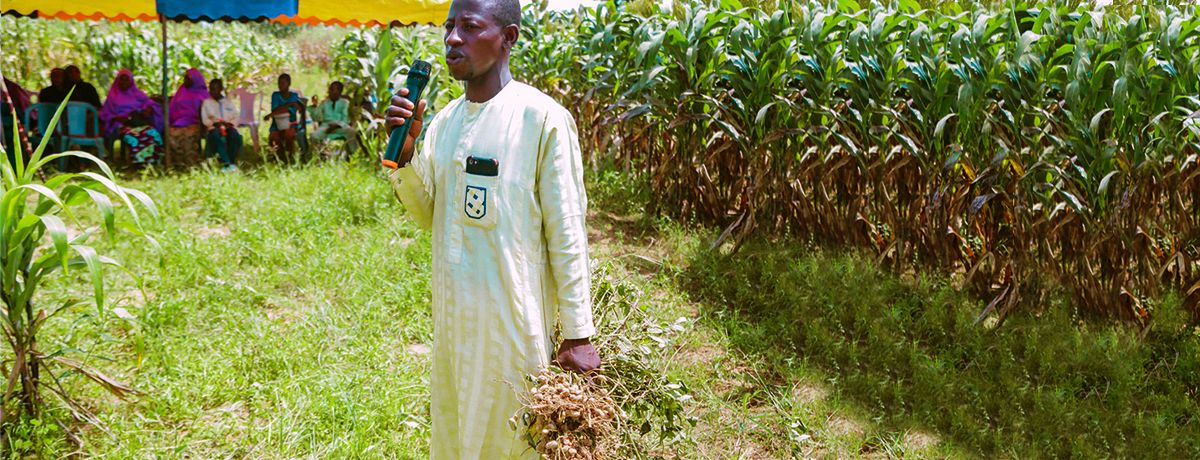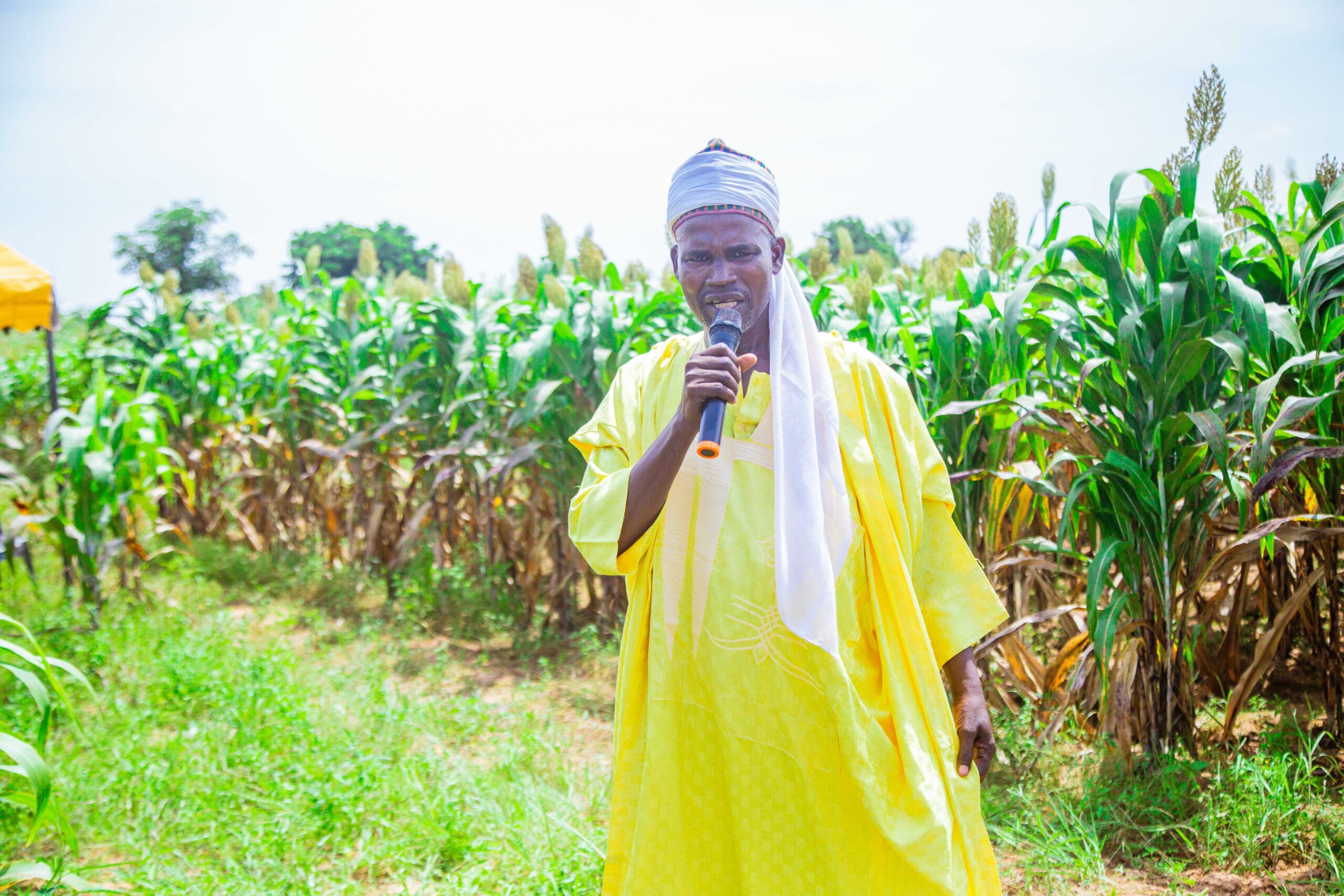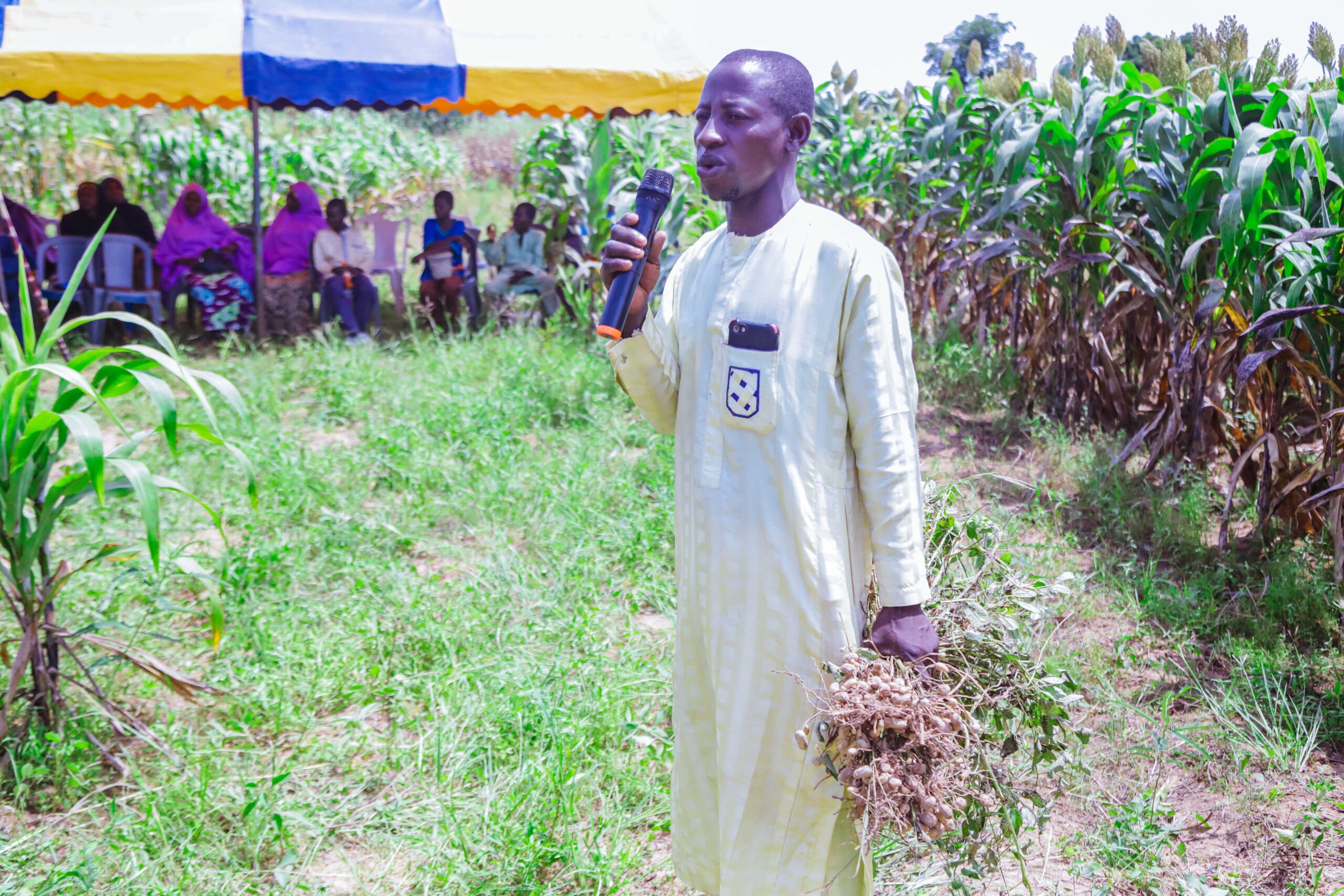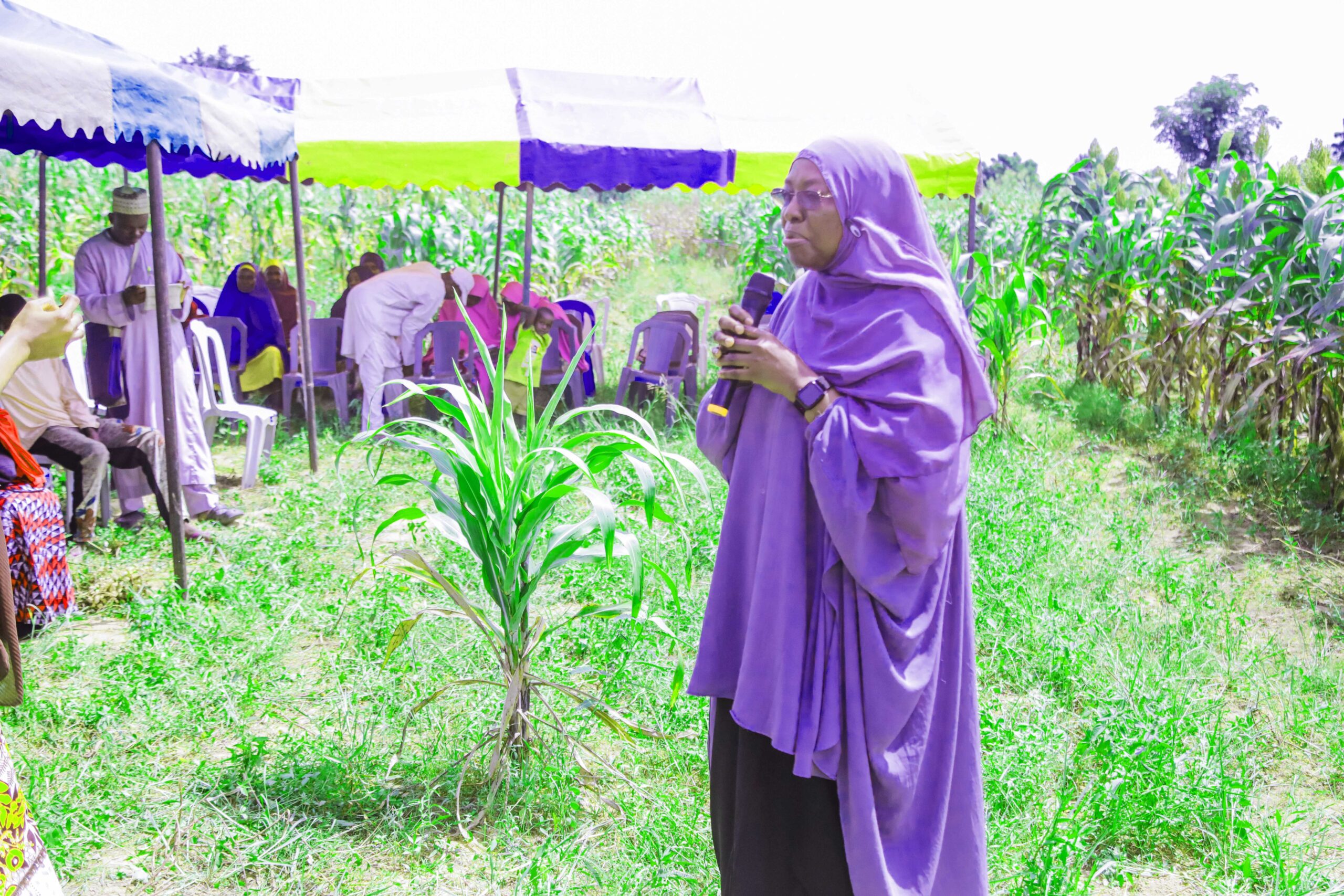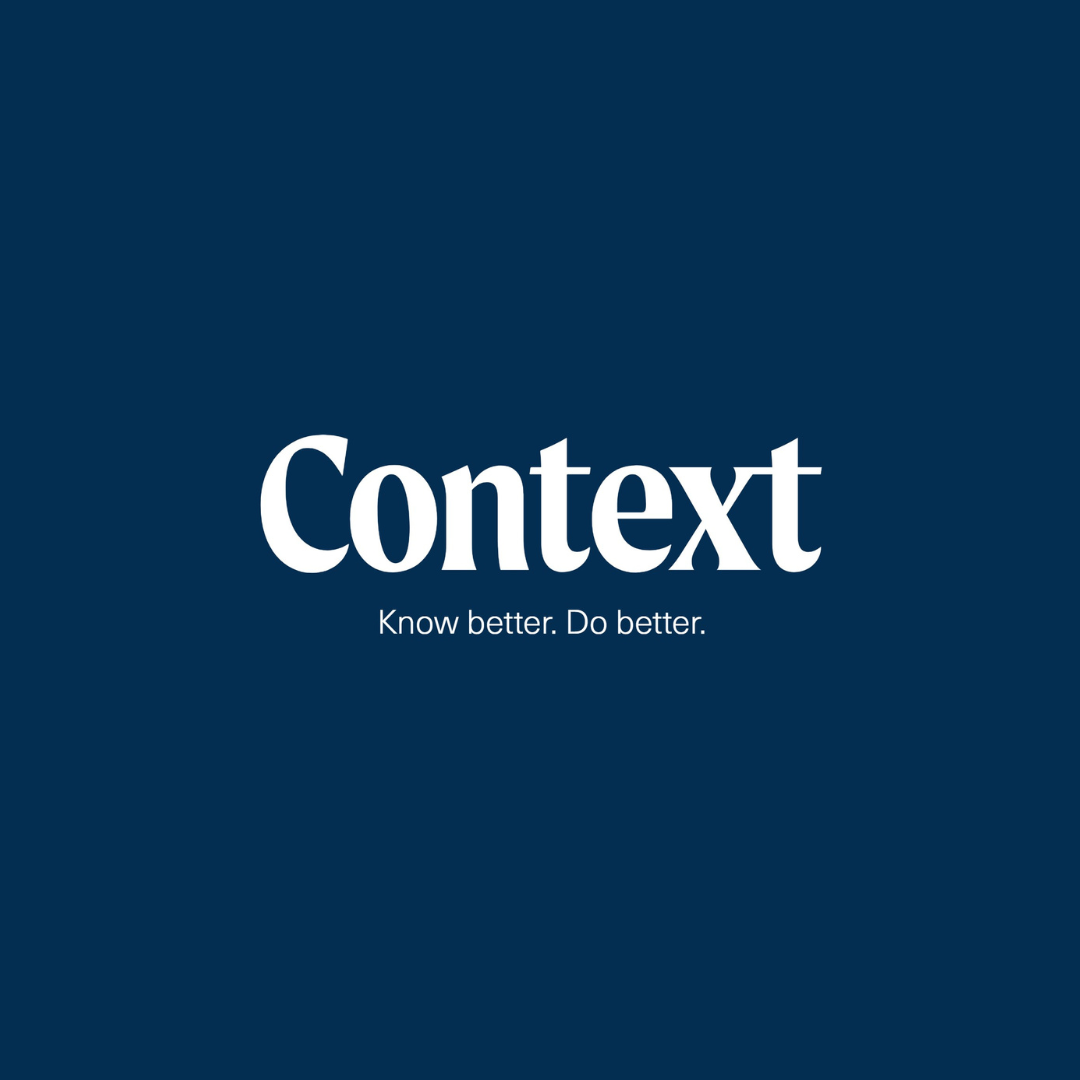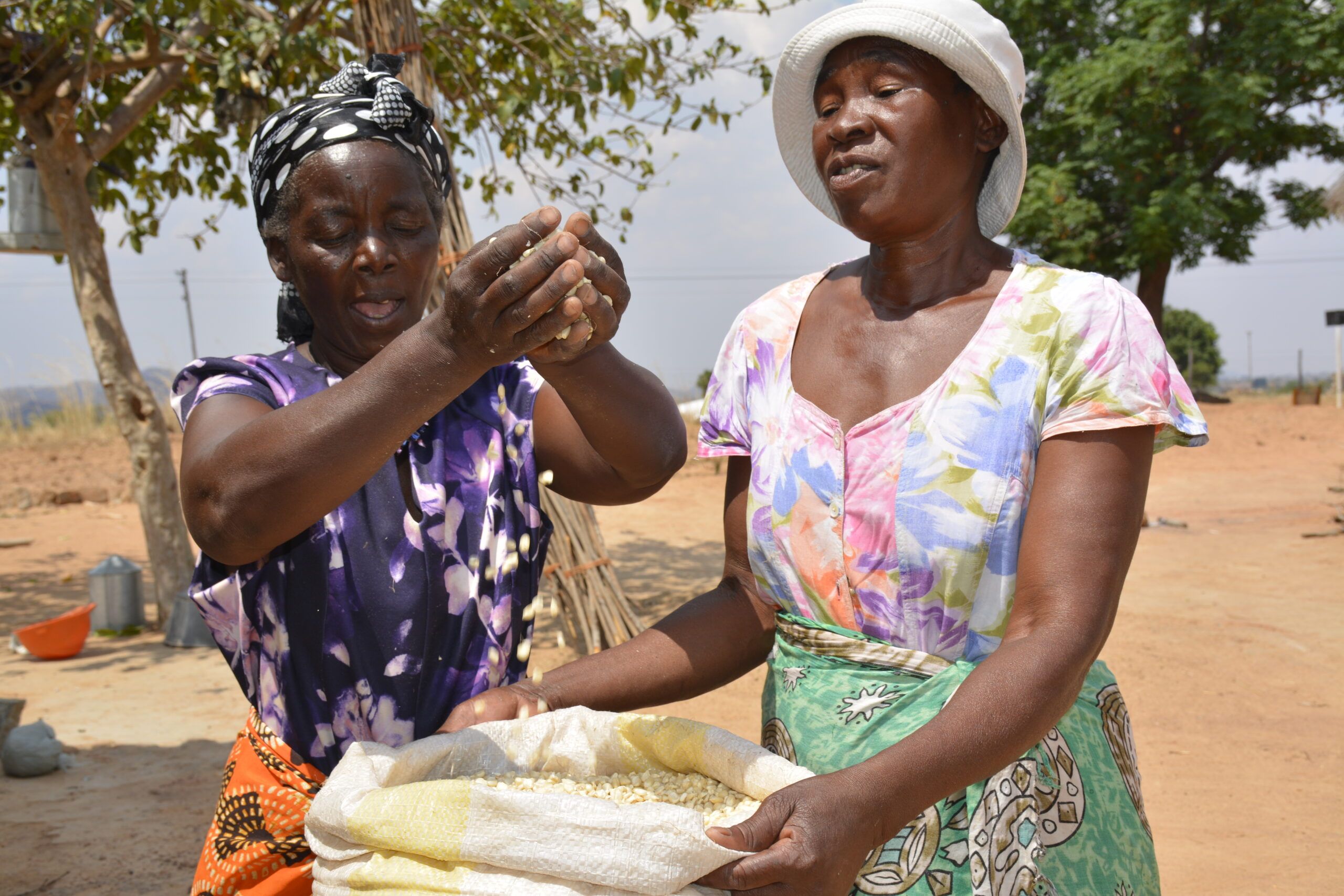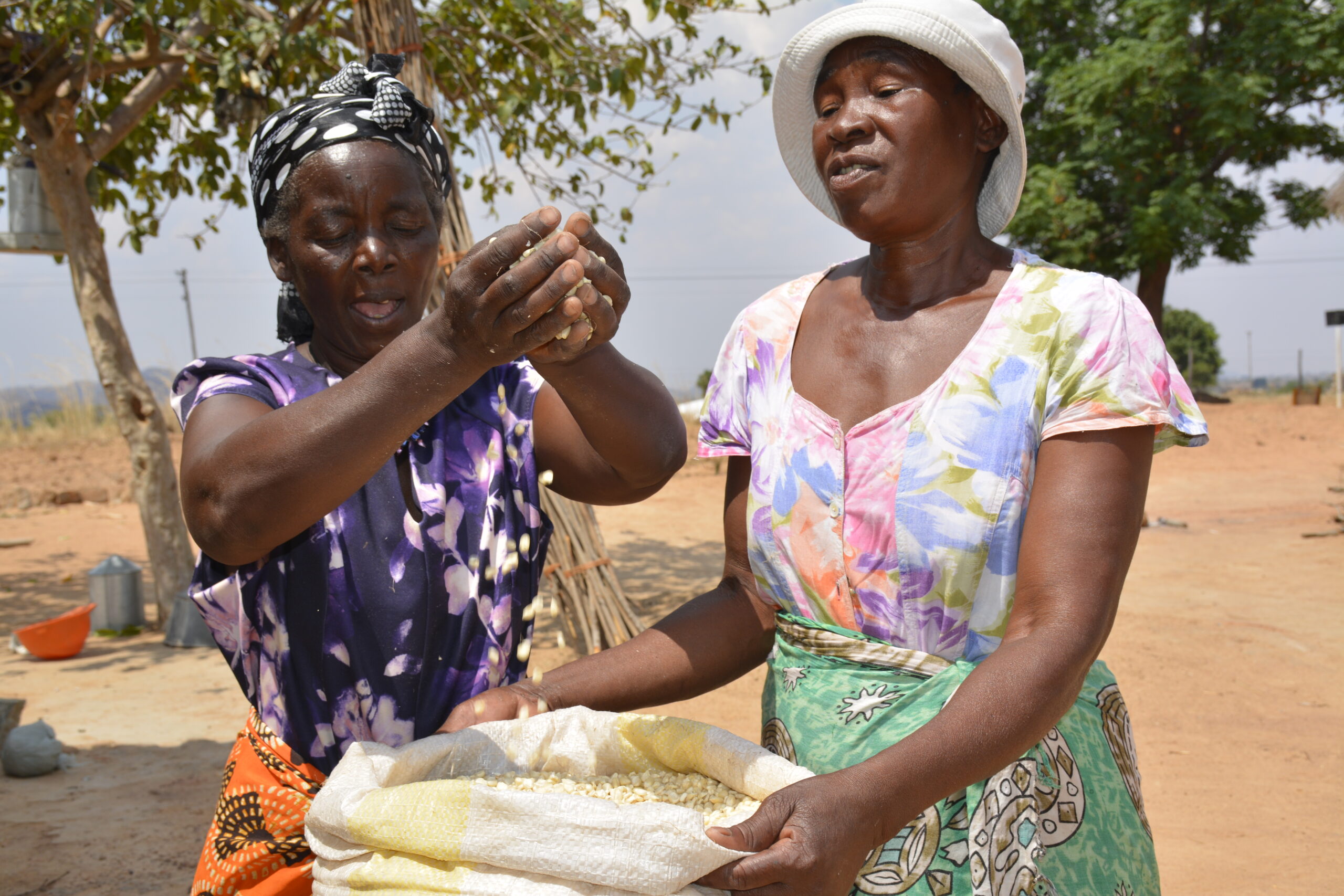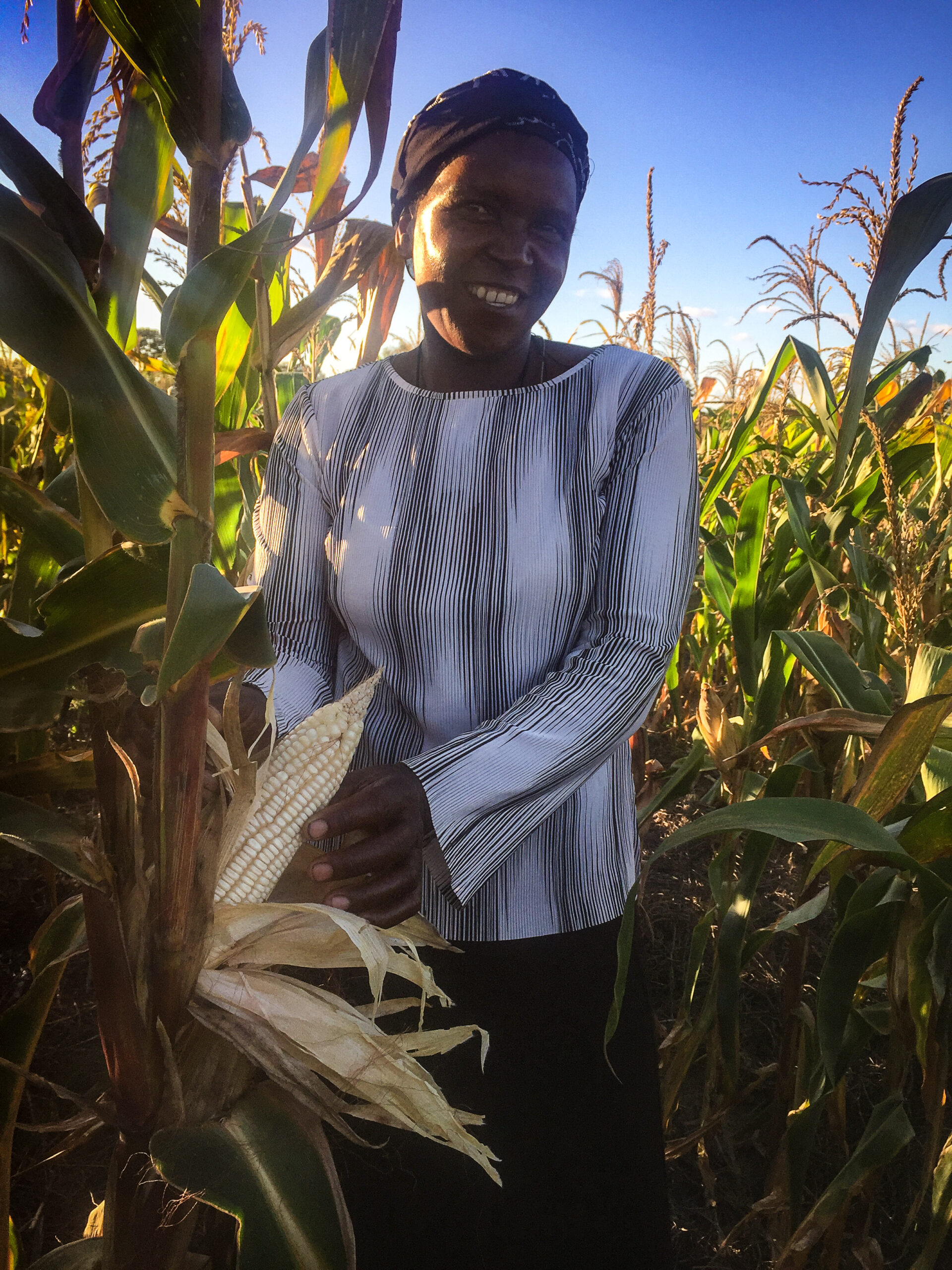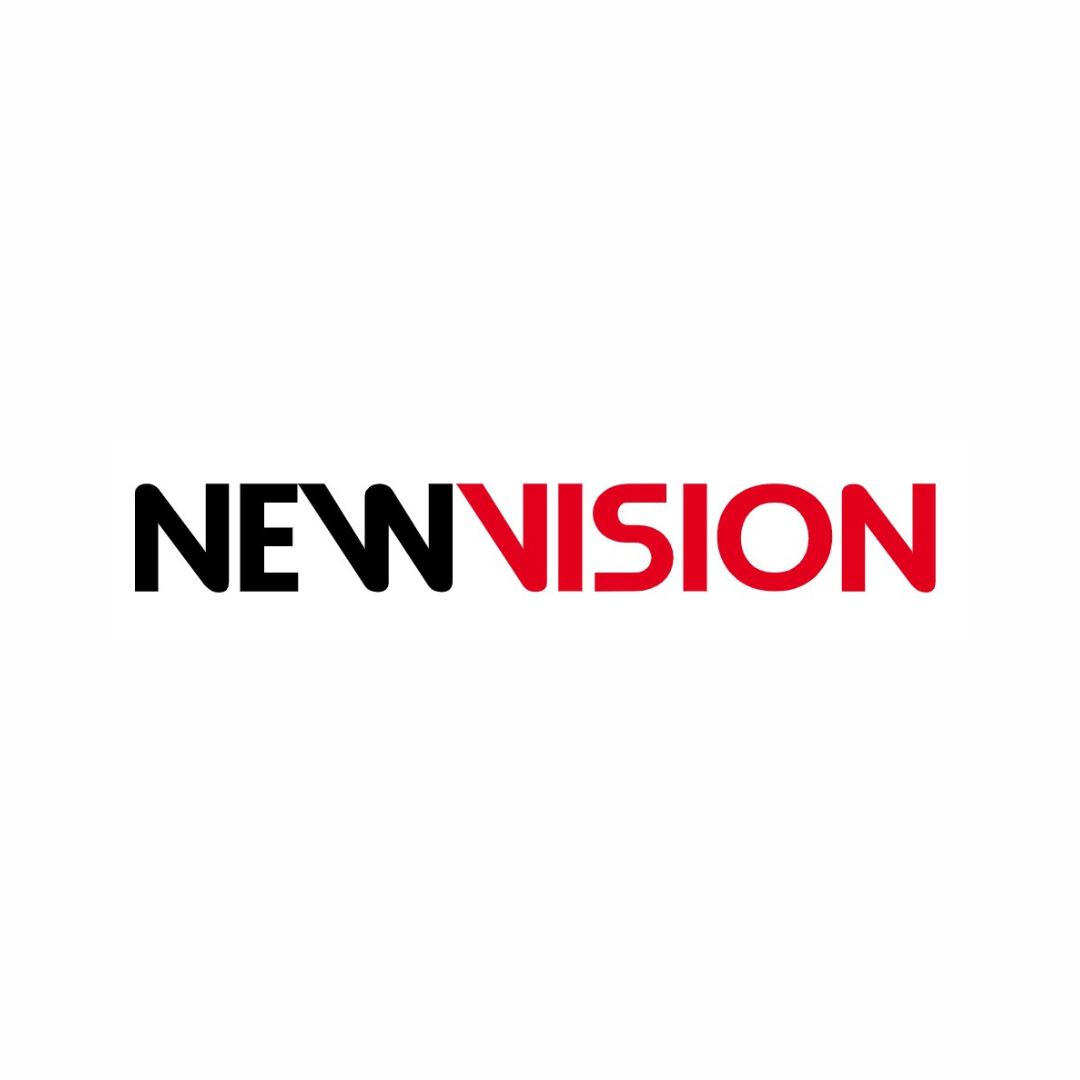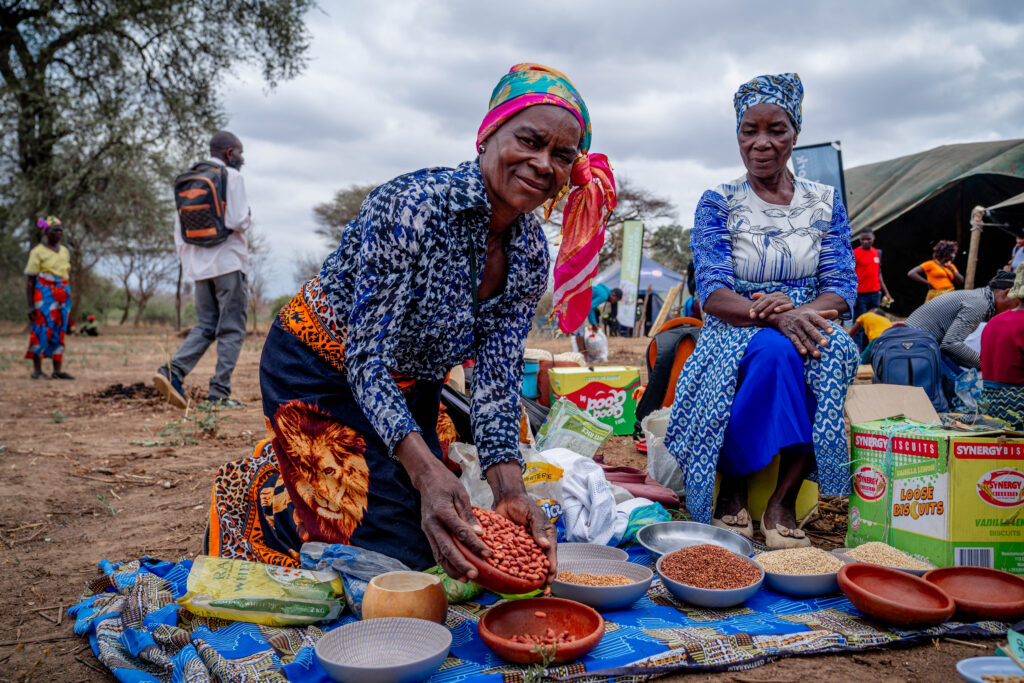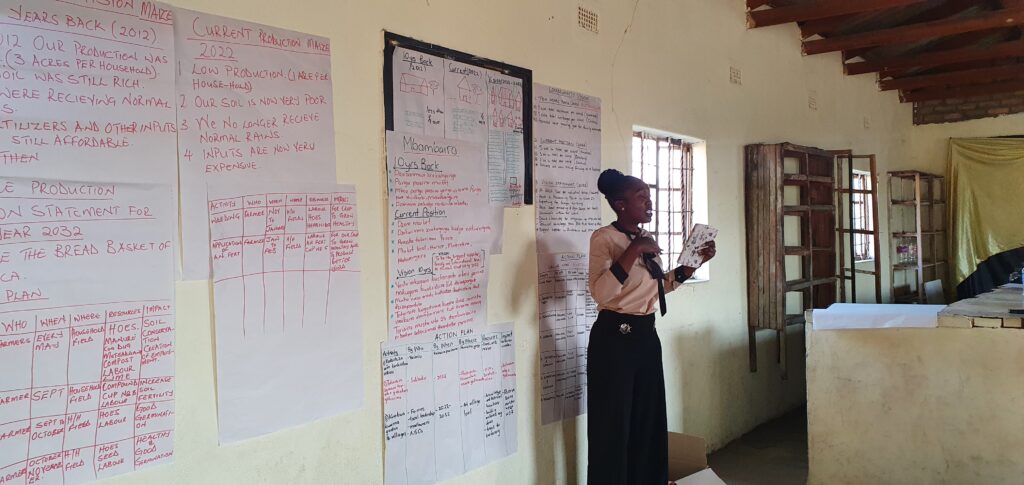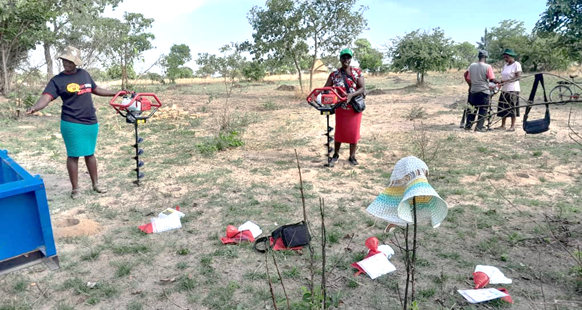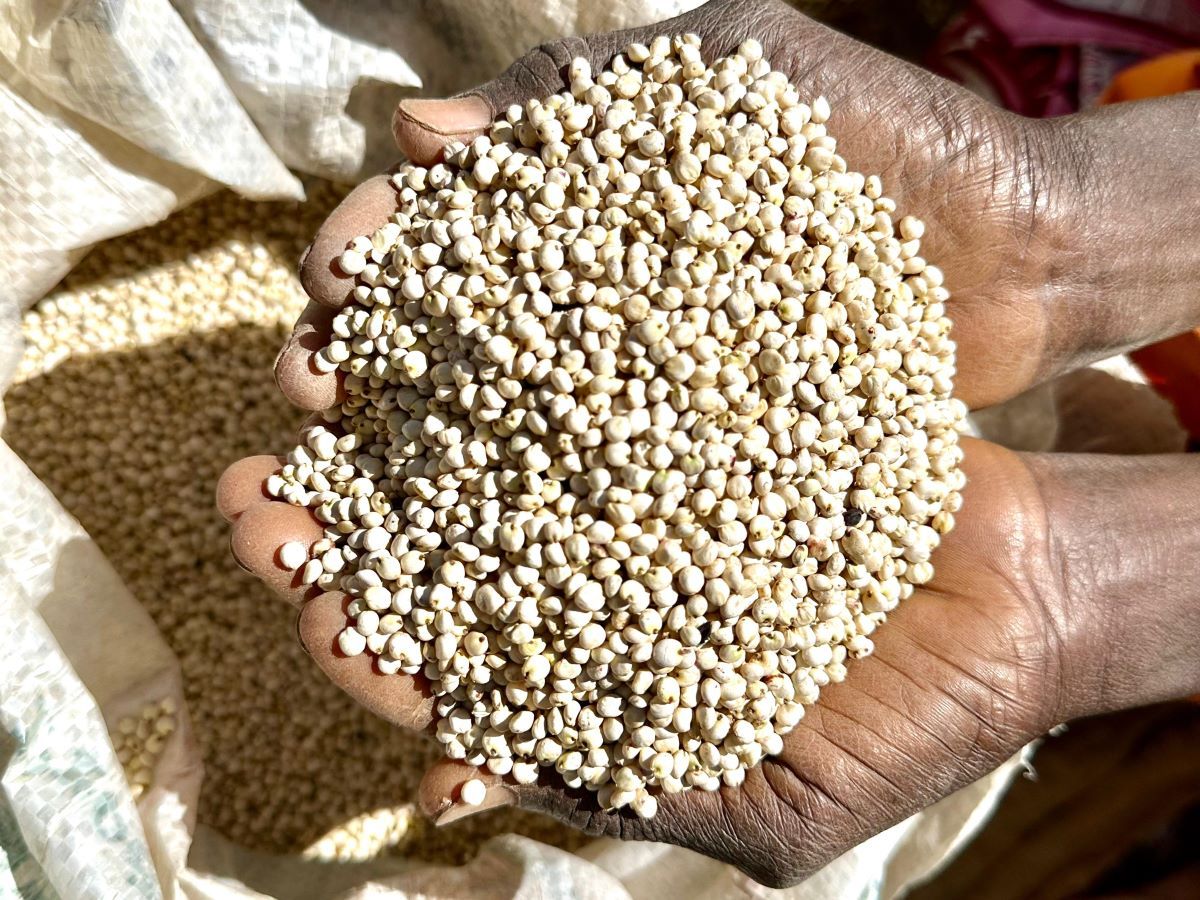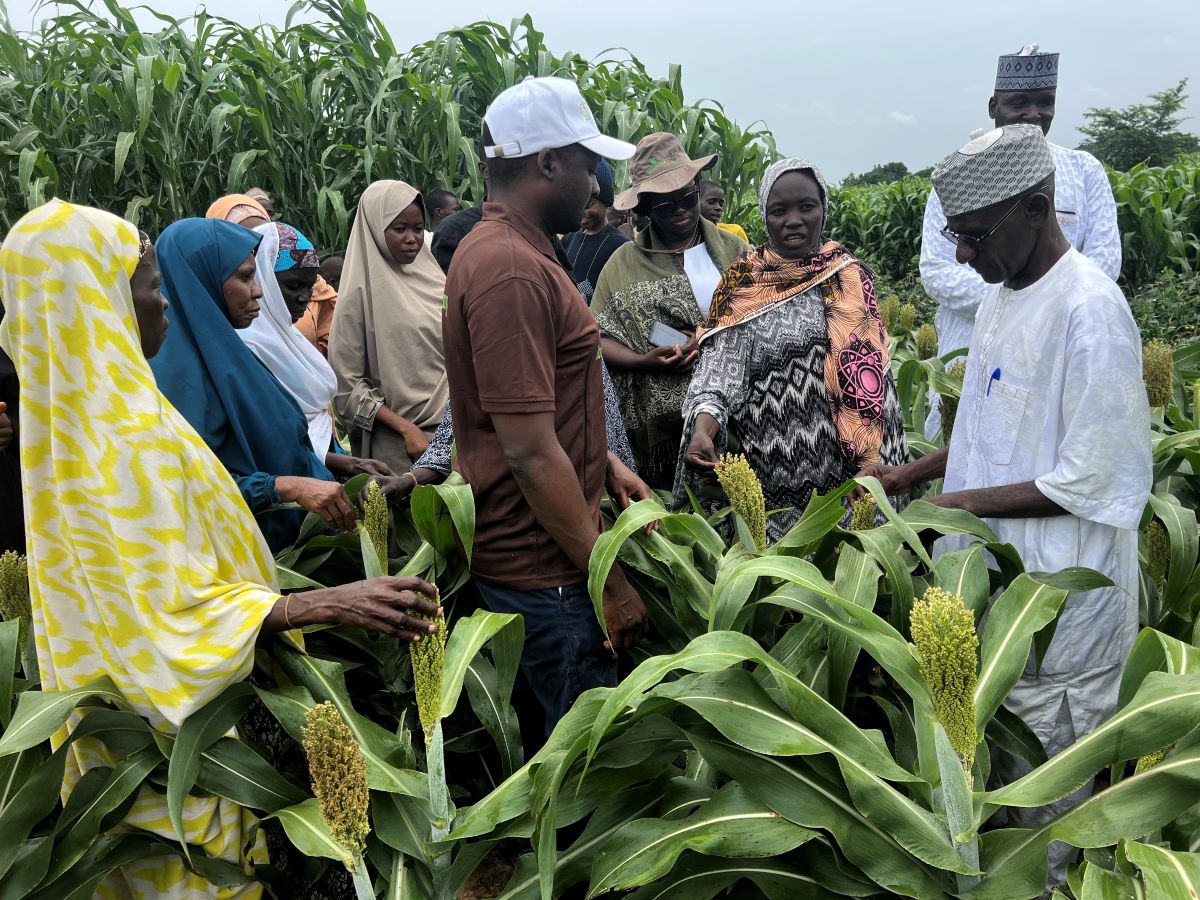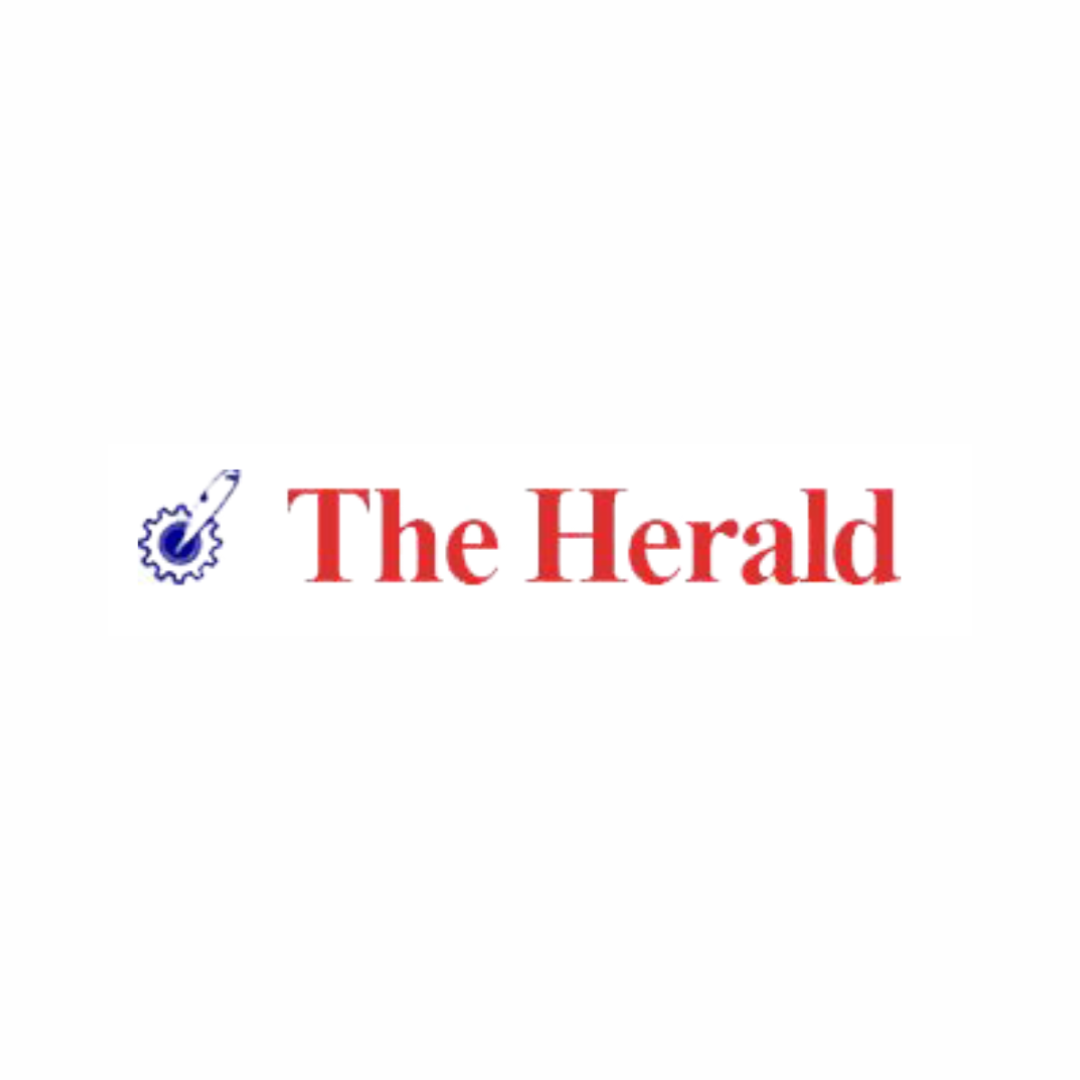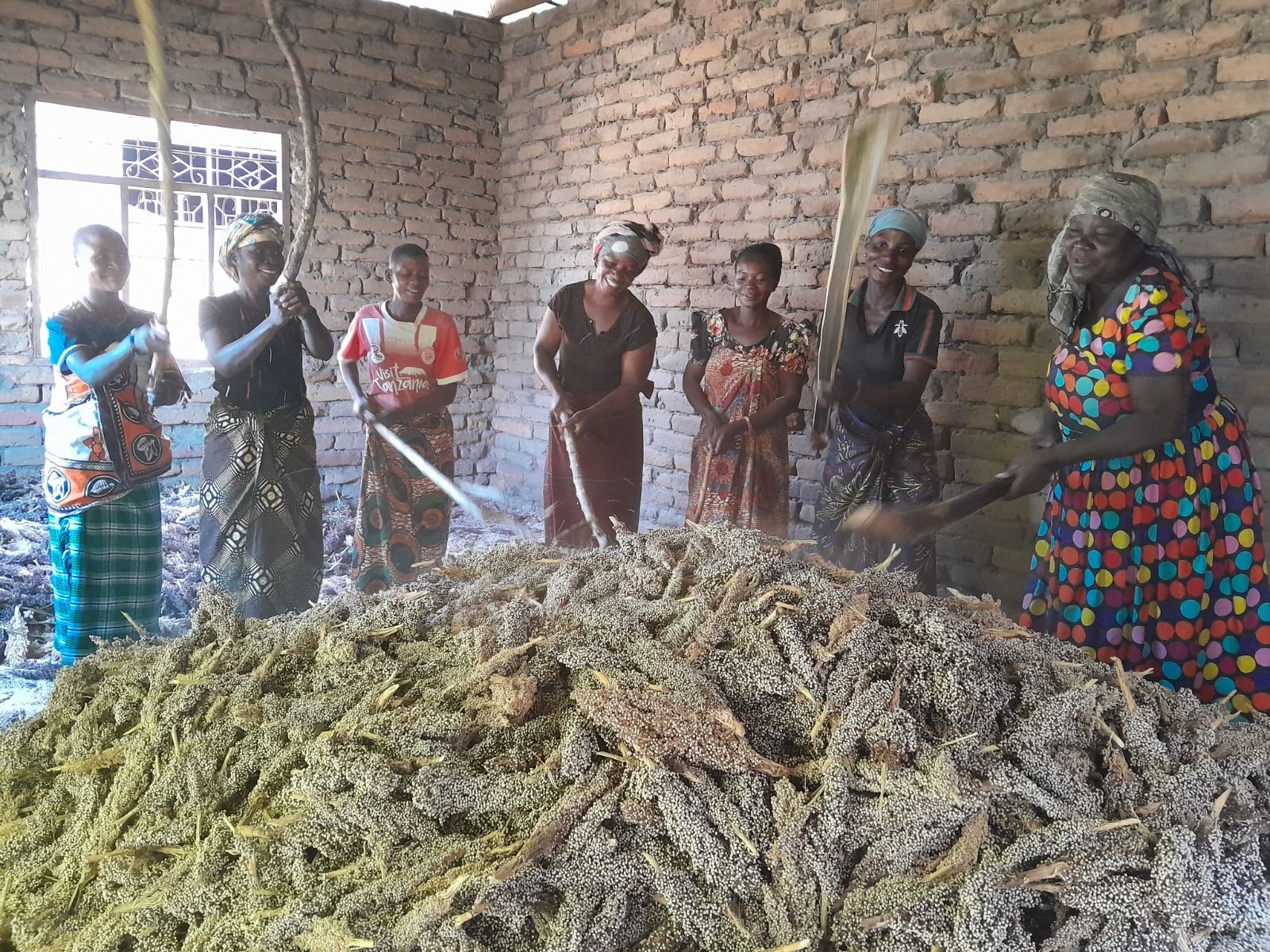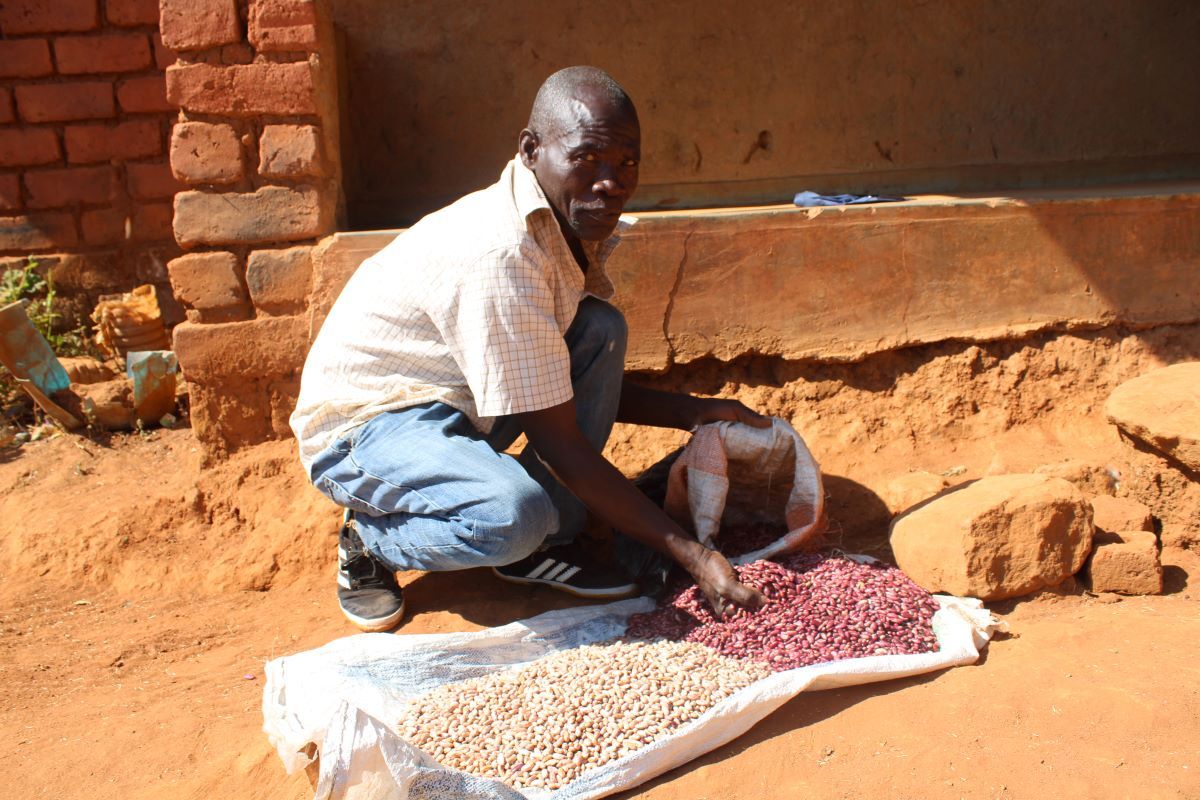Bridging borders: A South-South exchange between Ethiopia and Nepal to tackle soil health challenges
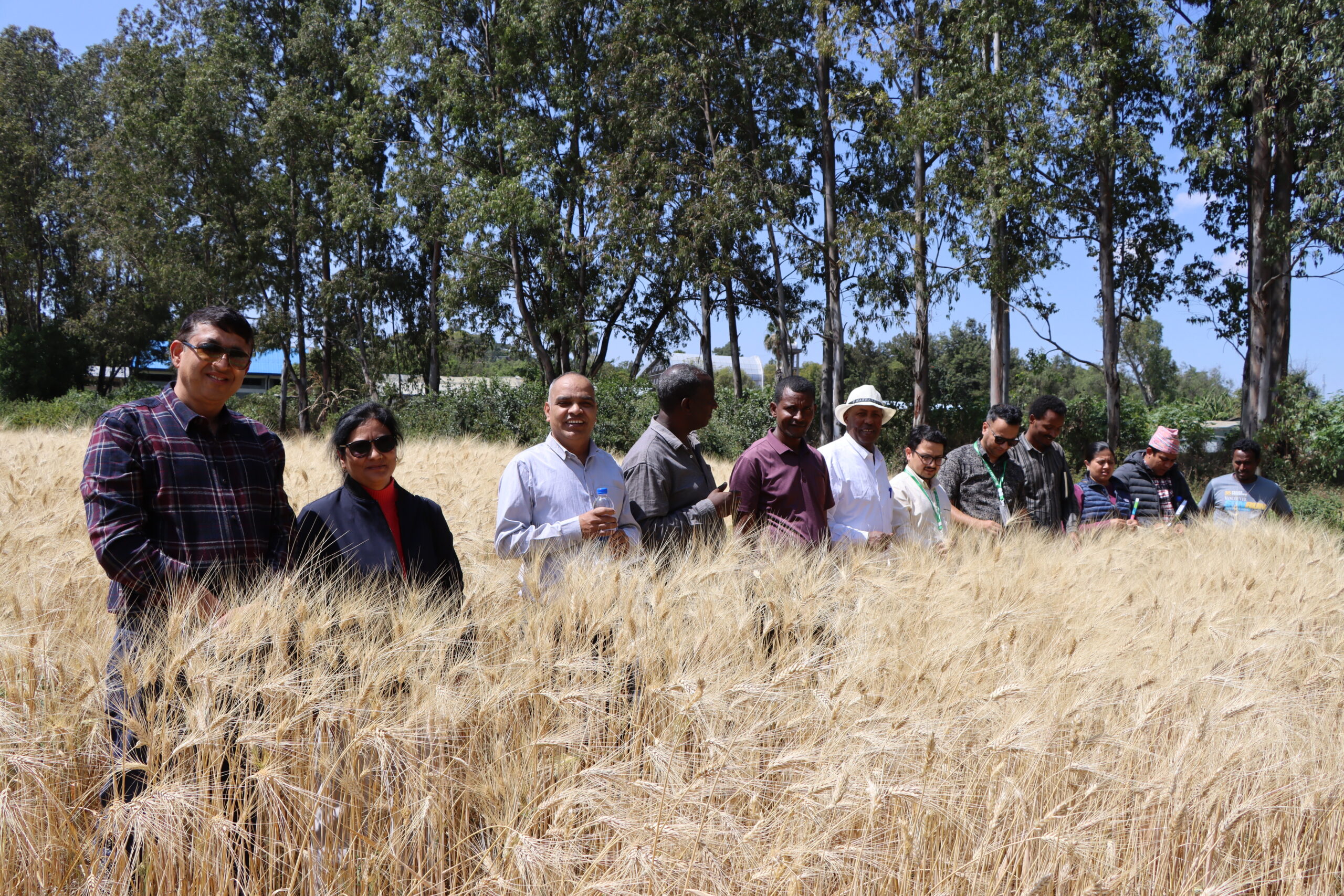
Soil health is fundamental to agricultural productivity, food security, and climate resilience. In Ethiopia and Nepal, deteriorating soil conditions—driven by acidity, nutrient depletion, and land degradation—pose a significant challenge to farmers and policymakers alike. Addressing these issues is not just a technical necessity but a pathway to ensuring long-term agricultural sustainability and economic stability.
Recognizing these shared challenges, CIMMYT facilitated a South-South exchange between Ethiopia and Nepal to foster collaboration, exchange knowledge, and explore innovative solutions for improving soil health.
Shared challenges, shared solutions
Both Ethiopia and Nepal face persistent soil health challenges that hinder agricultural productivity. In Ethiopia, soil degradation—stemming from issues like soil acidity, salinity, and nutrient depletion—has become a barrier to achieving higher agricultural productivity. Similarly, Nepal is navigating soil health concerns amidst small landholdings, urban migration, and climate impacts.
For both nations, sustainable soil management is critical to strengthening their agricultural sectors. This exchange provided an opportunity for researchers, policymakers, and agricultural experts to learn from each other’s experiences, leveraging successful approaches to improve soil quality and boost productivity.
CIMMYT and Nepalese delegation listening to explanations by Experts and technicians about the various activities taking place at the soil and plan analysis laboratory
(Photo: CIMMYT)
A unique exchange of knowledge
From November 25–28, a Nepalese delegation—including CIMMYT scientists and representatives from Nepal’s Ministry of Agriculture and Livestock Development (MoALD) and the Nepal Agricultural Research Council (NARC)—visited Ethiopia to gain insights into its soil health initiatives.
Ethiopia has made significant progress in soil management through collaborations between government agencies, research institutions, and international partners. With CIMMYT’s support, the country has developed a National Soil Information System (NSIS), a comprehensive data-driven approach that guides interventions to improve soil health, increase productivity, and enhance food security.
During the visit, the Nepalese delegation met with leading Ethiopian institutions, including:
- The Ministry of Agriculture (MoA)
- The Ethiopian Institute of Agricultural Research (EIAR)
- The Agricultural Transformation Institute (ATI)
- The Holeta Agricultural Research Center
- The National Agricultural Biotechnology Research Center
Through site visits and discussions, the delegation explored Ethiopia’s Vertisol management strategies, sub-soil acidity solutions, and data-driven soil health policies—areas that could be adapted to Nepal’s agricultural landscape.
A shared commitment to agricultural innovation
Beyond knowledge exchange, the visit served as a catalyst for long-term collaboration between the two countries. CIMMYT has been working in Ethiopia for over three decades, supporting research and technology development to enhance soil health and food security. In Nepal, CIMMYT scientists collaborate with national partners to strengthen agricultural commercialization and climate resilience.
During their visit, Nepalese delegates expressed particular interest in Ethiopia’s Geo-Nutrition approach, which connects soil quality to human health by analyzing how soil nutrients influence the nutritional value of crops. Nepal sees great potential in adopting this model to enhance both agricultural and public health outcomes.
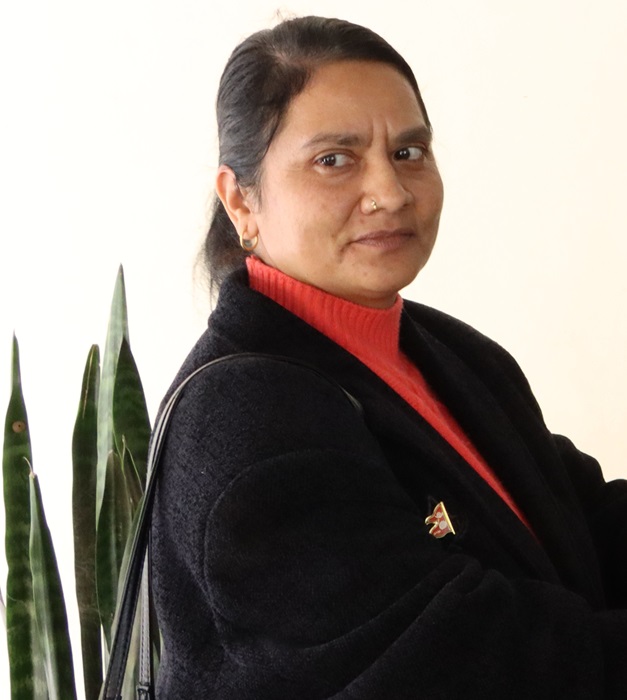
Shanta Karki, Joint Secretary at Nepal’s Ministry of Agriculture and Livestock Development, reflected on the visit: “The insights we gained in Ethiopia will be instrumental in improving our soil health strategies.
We see great potential for collaboration between Ethiopia and Nepal in tackling common challenges like soil acidity and water management.” She added that another key area of learning was Geo-Nutrition, an innovative field that connects soil health to human health.
The concept, which Ethiopia has been actively exploring, looks at how soil quality influences the nutritional value of crops and ultimately the health of the populations that depend on them. The Nepalese delegation saw this as an opportunity to further develop their own approach to improving soil and human health simultaneously.
Looking Ahead: Building stronger partnerships
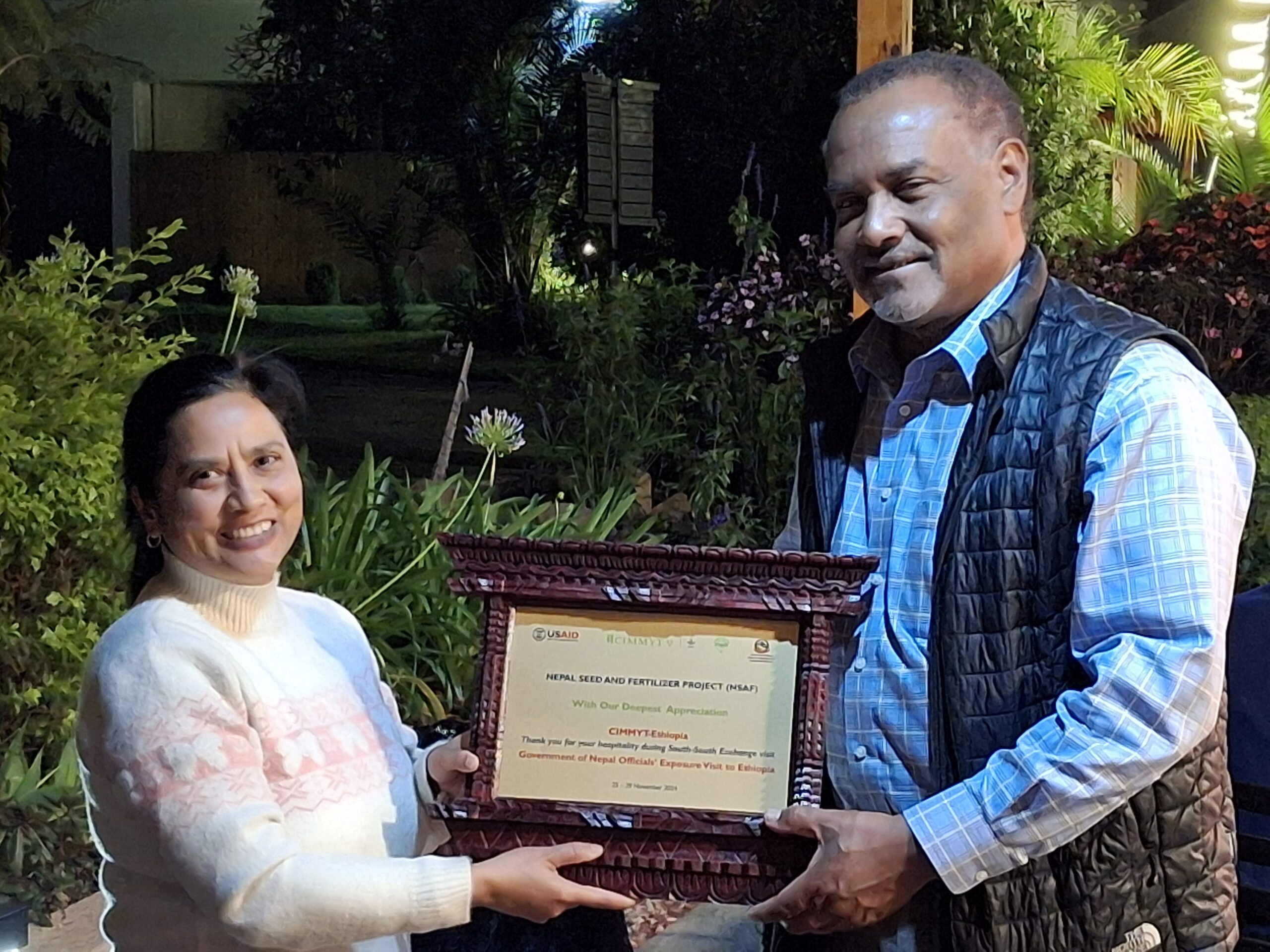
As CIMMYT continues to facilitate South-South exchanges, the goal is to adapt successful models from Ethiopia to Nepal while drawing lessons from Nepal’s unique agricultural landscape. The delegation left Ethiopia with renewed motivation to enhance soil health, not just for the benefit of farmers but for broader food security and economic resilience.
Narayan Prasad Khanal, Business Development Manager at CIMMYT Nepal, emphasized the importance of such exchanges. “The lessons learned here, particularly on sub-soil acidity management and Geo-Nutrition, will be crucial for enhancing our regulatory systems and addressing challenges in Nepal’s agriculture. This experience has shown us how important it is to adapt successful models from other countries and incorporate them into our own agricultural practices.

Shree Prasad Vista, Senior Scientist at the Nepal Agricultural Research Council (NARC), was particularly fascinated by Ethiopia’s innovative work on Vertisol management and soil acidity. He remarked, “The insights we gained from CIMMYT, particularly on Geo-Nutrition and soil acidity, will help enhance our agricultural practices and regulatory systems in Nepal.”
A Path toward collaborative solutions
As Ethiopia and Nepal continue to navigate similar agricultural challenges, the knowledge gained from this exchange will play a crucial role in shaping future soil health strategies. By learning from each other’s successes, both countries are positioning themselves to implement sustainable, climate-resilient soil management practices tailored to their unique context.
This exchange stands as a powerful example of how international collaboration fosters innovation, resilience, and food security. Through shared expertise and collective action, Ethiopia and Nepal are laying the foundation for stronger agricultural systems that will benefit future generations.
